Autumn is a welcome change after the hot and humid days of summer. Cooler days and nights, leaves changing colors and falling from the trees, pumpkins, bonfires, hayrides, and flannel invite us to get cozy and enjoy the transition to winter. However, for the folks who suffer from seasonal allergies, autumn isn’t such a cozy time and winter can’t get here fast enough!
Singing and Listening with the Heart: A Therapist’s Journey
Jessica Ryder’s business card lists her credentials (MS, LLPC, NCC) as a professional mental health counselor, yet, she also has printed on them “MM” or Master of Music. Ryder’s academic training for her work as a therapist has been typical, though her life experience prior to was anything but. For twenty years she was a full-time professional musician working in some of the highest tiers of classical music.
Healers of Ann Arbor: TheraSupport for Neurolpgical Conditions
About seven years ago, I fainted when sick and hit my head. I sustained a concussion, but it was on the severe end of what is considered a concussion, right before you get to a moderate traumatic brain injury. I was sent to neurology and then neuropsych for a support group to teach me how to cope with the effects of the injury and how slowly the healing happens. Unfortunately, I was let go from the group after six months.
Namaste, Katie: OUr Fall 2023 Yoga Column
Whether you're a seasoned yogi or getting ready to roll out your mat for the first time, here you'll find a variety of useful tips from local yoga instructor, Katie Hoener.
A Minute to Meditate: Laughter as Self-Care
As busy moms, it’s acceptable to want more time, more help, more space, and the list goes on. An important element to add to your list of more, is self-care. I am reminded of a safety instruction given by flight attendants, once you board a plane, "In the event of an emergency secure yourself, then assist your child." I’m paraphrasing that statement, but the idea is that in order to help someone else, you must be well.
Herbs for Your Garden: Calendula
Calendula is grown as a self-seeding annual in USDA grow zones two through eight. In areas with warm winters (above 25⁰F), it blooms year-round. Calendula thrives in full sun with well-drained soil. I recommend sowing Calendula seed directly into the garden early to mid-spring. It’s ideal to plant the seeds as soon as the soil is workable since germination benefits from cool weather, but don’t stress too much about timing. I’ve had success planting seeds year-round. Calendula is a self-seeding annual, which means seeds dropped by the plants in the fall will lay dormant on the ground all winter and then sprout the next spring. However, it’s not an aggressively spreading plant, so don’t worry about it taking over your garden.
Psychedelic Medicines in Trauma Recovery
Life is hard and yes, terrible things can and do happen, oftentimes to people who do not deserve it. Denying trauma and trying to inspire people out of its impact, both individually and collectively, has been the go-to method of dealing with trauma for generations.
Craig Stoller — Healing Through Chiropractic
Dr. Craig Stoller, D.C. has an unassuming office on Stadium, just east of Trader Joe’s. The sign on the door says, “Align Chiropractic.” His logo looks like a mandala. It represents the top vertebrae of the spine, otherwise known as the “atlas.” When you enter the waiting room, you are greeted with a large children’s play area, and above it a giant hand-painted mural. It depicts an idyllic scene of people of all ages and abilities actively enjoying the outdoors in a beautiful park like setting. It represents Stoller’s goal of having all of his patients, no matter what age or ability, enjoy an active, healthy lifestyle.
Namaste, Katie: Our Spring 2023 Yoga Column
Whether you're a seasoned yogi or getting ready to roll out your mat for the first time,
here you'll find a variety of useful tips from local yoga instructor, Katie Hoener.
Sustainable Health: When Food as Medicine Becomes Food as a Threat to Health
In the early 1990’s, when first beginning my foray into nutrition work, the cutting edge was the emergence of the low carb diet. The Atkins Diet was published in 1992 and faced off against the high carb, low fat heart disease reversal program of Dean Ornish. Ornish is a physician who led the public and the medical community toward a plant based, low fat lifestyle approach to preventing and reversing heart disease.
The Crazy Wisdom Interview with Dr. Amy Saunders on Integrative Medicine and Her Life’s Journey
Dr. Amy Saunders is one of the leading integrative medicine doctors in the area. We had profiled her ten years ago, and we wanted to check back in with her, and see how she had viewed Covid, and hear her current points of view on her medical practice and providing integrative care. We also were hoping to talk with her about the influences which shaped her becoming the attuned, committed and deeply caring physician that she is known to be.
Hygge-- Create a Cozy Winter
Hygge, pronounced “hoo-gah,” is a Danish word that can most readily be described as a sort of coziness, although it’s more than that. It also comes from the word hugga, which is related to the word hug and means to comfort and console. So, it’s little surprise that it’s what keeps the Danes the happiest people on the planet even though they endure frigid winters with little daylight. Sunrise in a Copenhagen winter can be as late as 9:00 am while sunset can arrive not long after by 3:30 p.m.
Random Acts of Kindness: The Things Women Still Can’t Talk About And Why We Sometimes Have to Invite Ourselves In
I am fortunate to live on a street that’s close to downtown, where I can sit on my front porch and, for three seasons of the year, anyway, I can hail all my neighbors as they pass by. I can get to know their names and their dogs’ names, too. I see the same pairs of women walking or running together and talking.
A Sprinkle of Laughter, A Smattering of Grace – Applying Laughter in Challenging Situations
There’s an old school pop song where the lyrics say, “The men all pause when I walk into a room.” After a certain age, those lyrics take on a whole new meaning. What I hear now is MEN-O-PAUSE. I’ve gotten Men-o-pause when I walk into a room. And that’s when I began to take a non-traditional approach to trudging through the trenches of menopause—by sprinkling it with humor.
From Nature to You--Remedies for PMS and PMDD
Every month, I know when it's that time in my menstrual cycle: the time to cue up sad movies and bust out the dark chocolate. There are signs my luteal phase has arrived, and it used to make a grand entrance, but I learned ways to dampen its arrival.
Sustainable Health: The Seven Steps Blueprint for Optimal Health
Over the 29 years of studying and practicing nutrition, I have developed a seven-step blueprint for optimal health. My expectation is that patients will start to experience positive physical changes within a few weeks when following this regimen. As an example, I just helped a patient reverse her terrible heartburn 100% and get off the prescription drugs in four months.
Wreck It to Repair It — How Rage Rooms Are Helping People De-Str
“There are all sorts of people out there,” said Rachel Crawford, co-owner of Destruction Depot, “...some people do yoga, some people meditate, and sometimes people just need to break things.”
Are You Sabotaging Your Self-Care?
By Christy DeBurton
What comes to mind when you think of the term ‘self-care?’ Many people think self-care involves a lot of time or money. Others believe that self-care is selfish. These ideas are completely false. Simply put, self-care is essential for you to be the best version of yourself. It isn’t about getting weekly massages or taking candle-lit bubble baths (though these can be part of it if you choose). It isn’t about neglecting your responsibilities or ignoring the needs of others. The real essence of self-care is being true to who you are, so you are living the life that you want to live, and not the life other people want you to live. It’s about making choices from a place of love and connection rather than guilt and obligation. But that love has to start with loving yourself first—and not all of us are so good at doing that—so we end up sabotaging our self-care. A while back, I went on my own self-care journey, examining the obstacles that were getting in the way of taking better care of myself. Here are some things I learned along the way.
Give yourself permission to take time for self-care. Let’s face it, no one else will. We all want someone else to say to us, “You’ve been working so hard. You’ve been under a lot of stress. Why don’t you take the day off and just relax?” Most likely, this is never going to happen. Even if you do have someone like this in your life, ultimately you have to be the one who gives yourself permission to take time for self-care. So why do we have such a hard time doing this? Because we’ve been raised in a society that tells us we always need to be more, do more, and have more. Because we’ve been raised in families that pass down conscious and subconscious beliefs that we are not worthy, that we don’t deserve what we really desire, and that we need to take care of other people’s needs before our own. Take a moment to examine this in your own life. Do you feel obligated by certain people to do things that you really don’t want to do? Do you tell yourself you don’t have time for self-care because you just don’t feel like you deserve to take time for yourself? Or are you worried about what other people will think if you do? What kinds of messages are you telling yourself about your worthiness as a human being? Examining those conscious and subconscious beliefs is the first step. Once you’ve done that, try putting into practice either or both of these helpful techniques:
“Who says so?” Any time you catch yourself thinking that you don’t have time to relax or do yoga or some other form of self-care because you have to check off one more thing on your never-ending to-do list, question that ‘voice in your head’ by asking yourself, “Who says so?” I guarantee you will be amazed at what other voices besides your own (maybe it’s the voice of perfection, or guilt, or your mother!) you are listening to. Is listening to those voices in your best interest? What if you listened to your own voice instead? Once you’ve asked yourself this question, or separately on their own, you could ask the following two questions.
“How do I feel right now?” and “What do I need to do to take care of myself?” In my work with clients, I have come to realize that most people are not good at checking in with themselves to see how they’re feeling throughout the day. We can’t take better care of ourselves unless we take the time to contemplate how we’re feeling and what we need. Getting into the habit of asking myself these two questions has made a huge difference in my life, and I am confident it can in yours, too. I encourage you to write these questions on some sticky notes and put them in places where you’ll see them—like on your bathroom mirror, work desk, or car dashboard—throughout the day. Then, every time you see them, take a moment to pause and ask yourself how you’re feeling and what you need to do to take care of yourself. The trick is that you need to pause long enough to really ‘hear’ the answers, and then go do what you need—without apology!
I had to work at it for quite a while to get to the point where I felt comfortable making time for self-care every day, so let me be the first to say it won’t be easy. You’ll most likely get resistance from those close to you who have certain expectations. But those who truly love you and want what is best for you will understand. And those who give you a hard time? You might want to examine why you want people like that in your life.
Because I benefited so greatly from taking my own self-care journey and learning to implement techniques like the ones above, I created a compact but powerful online course, Stop Sabotaging Your Self-Care, to help others who are ready to make self-care a priority. In this course I guide you on a journey of self-discovery to examine the obstacles that stand in the way of you taking better care of yourself and teach you tools like the ones above to help you cultivate greater awareness around your self-care needs. I’ve included thought-provoking exercises, journal prompts, weekly meditation and yoga practices, and more. You can find out more about this course at yogaroomannarbor.com/online-courses-self-care.
Finally, because I found it helpful to have some supportive people tell me that I did, in fact, deserve to make time for my own self-care, let me pass that support on to you. The world needs your gifts. But you will only be able to shine if you take good care of yourself first. It doesn’t have to be anything elaborate: even taking a 15 minute walk every day can make a world of difference. I promise if you do, you will feel so much better and those around you will also receive the benefits of your new-found sense of well-being, too. You absolutely deserve it, so give yourself some time for self-care today.
Christy DeBurton is a Holistic Yoga and Wellness Educator with 25 years of experience. She helps people feel better inside and out through yoga, meditation, wellness retreats, online courses, and more. She can be reached at info@christydeburton.com.
Related Content:
IFS Therapy: More Than the Sum of Our Parts
Psychotherapy has undergone massive shifts and transformations since its inception in the early 20th century. By the 1980s, modalities such as cognitive, psychodynamic, and dialectical behavioral therapies were firmly planted as the gold-standard of the field.
Healers of Ann Arbor: Psychologist Christi Bemister—Healing Trauma and Chronic Pain
“I don’t think I’ve ever seen someone in chronic pain, myself, who doesn’t have a history with trauma,” Christi Bemister said as she opened up a weekend retreat on trauma and chronic pain. The retreat covered the work of healing the mind and body together through the Realization Process created by Judith Blackstone. “They’re very intricately related, because chronic pain is actually a brain issue versus simply a physiological one. It’s a very complex issue,” she added.
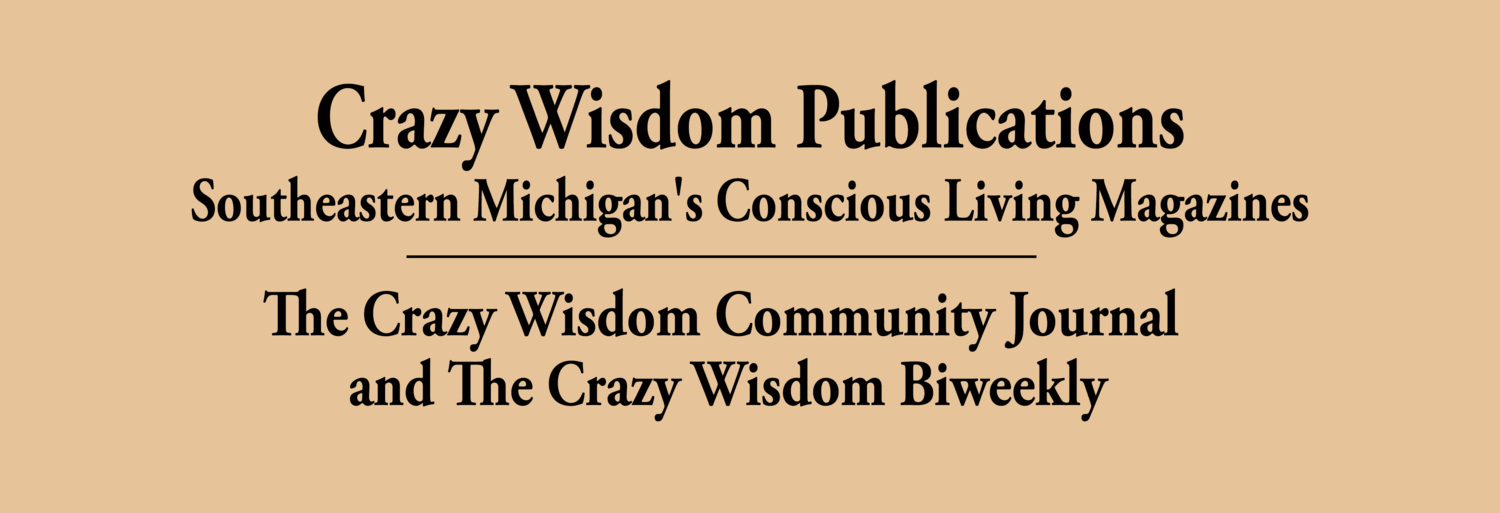






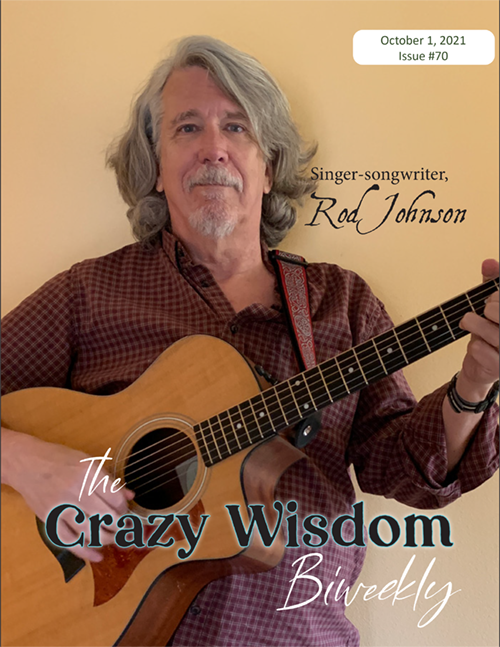
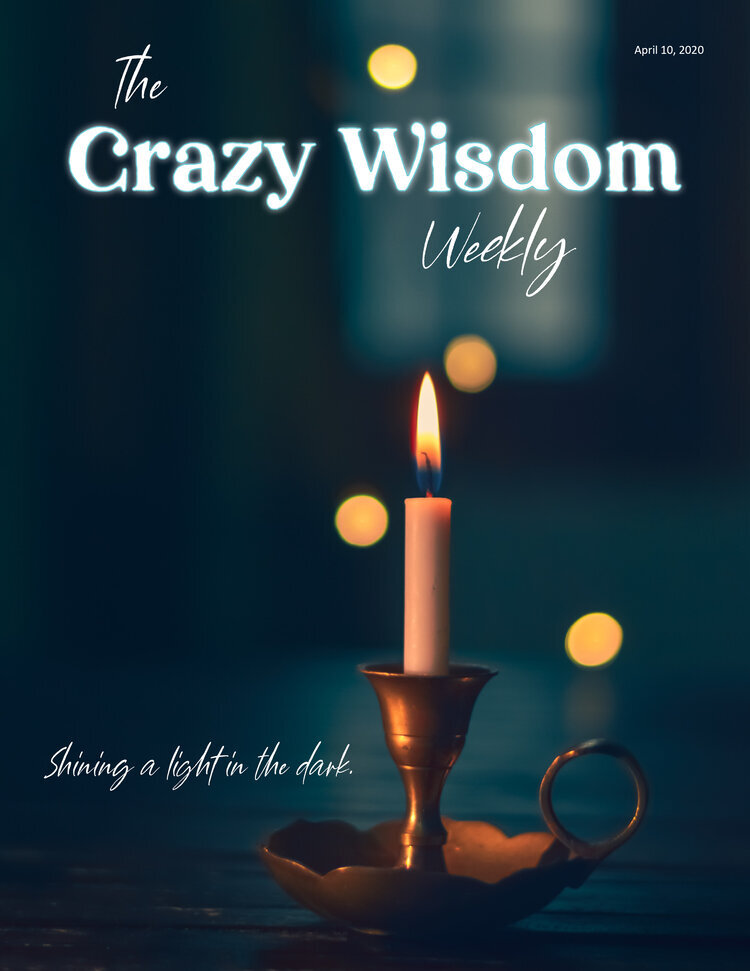
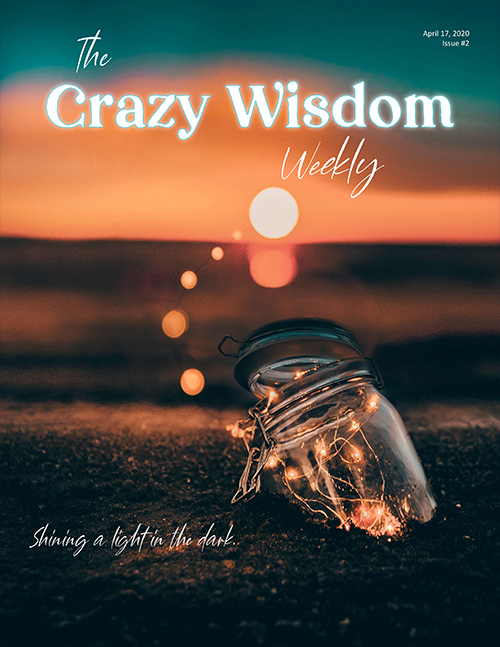
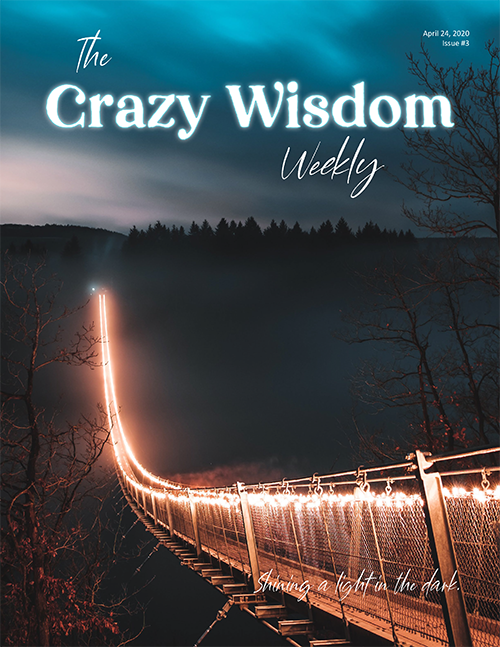

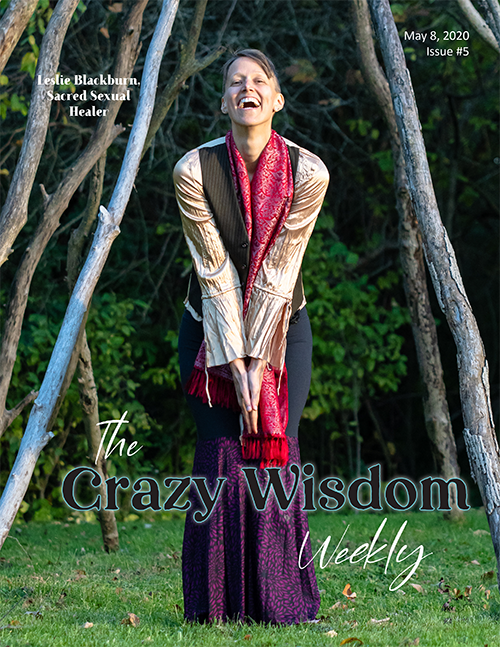
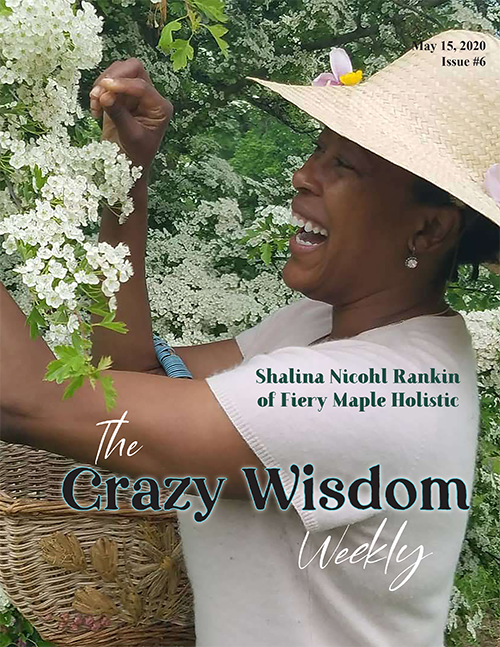
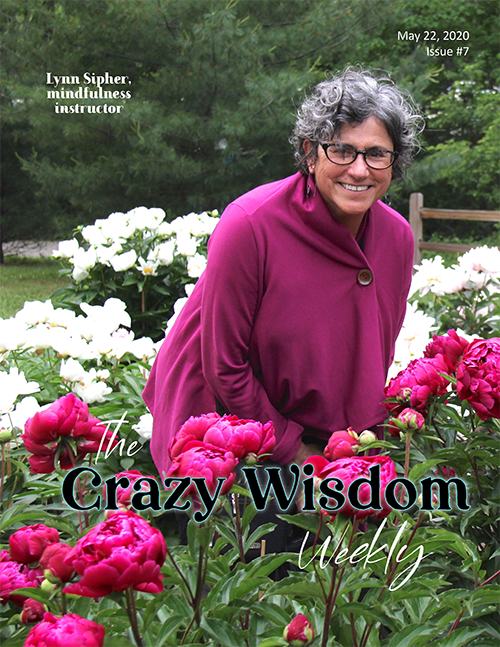

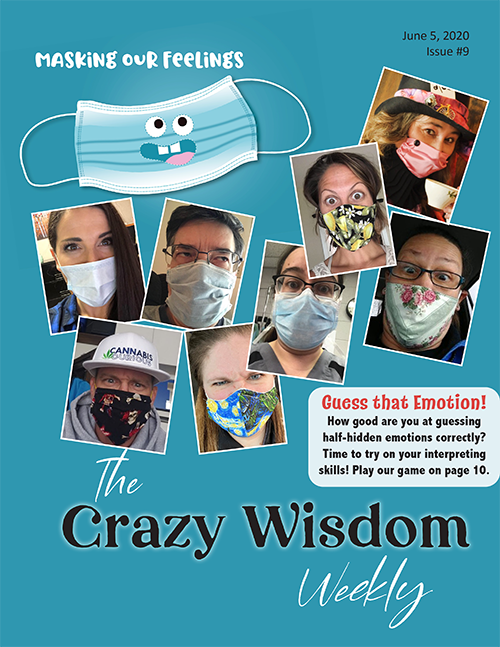
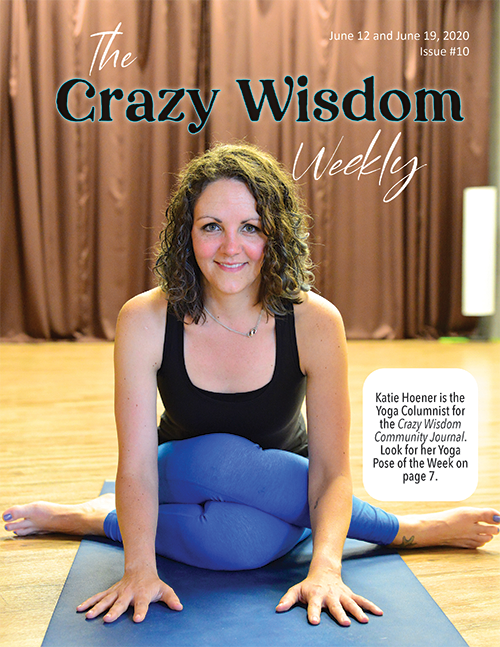
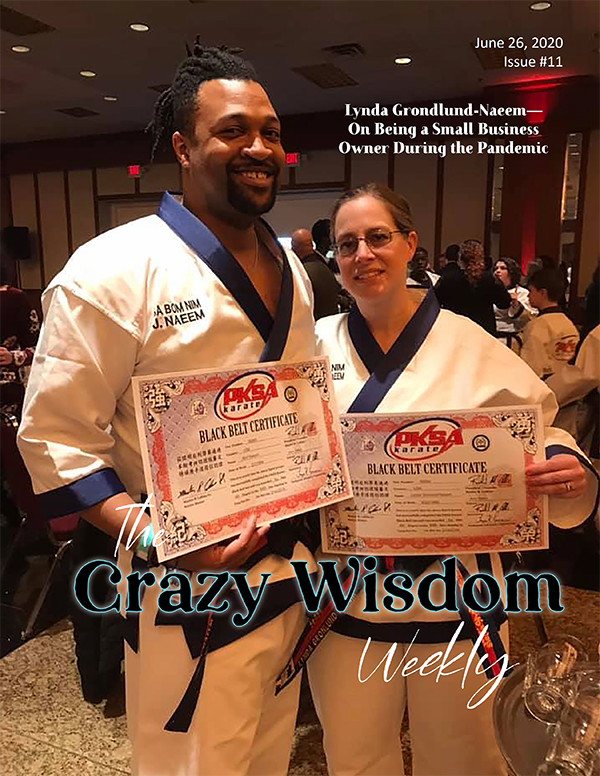
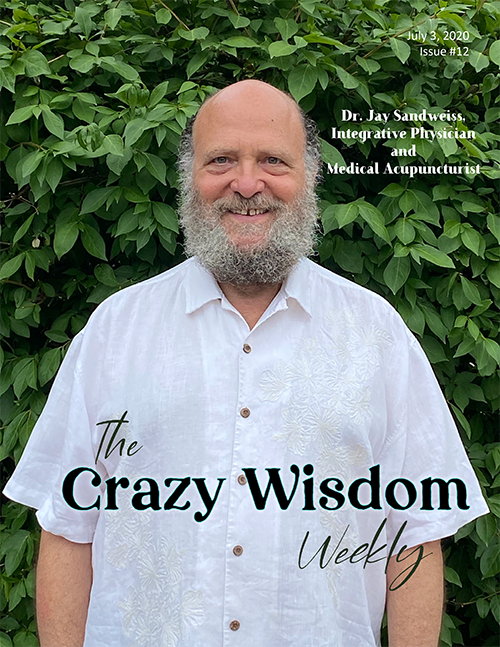
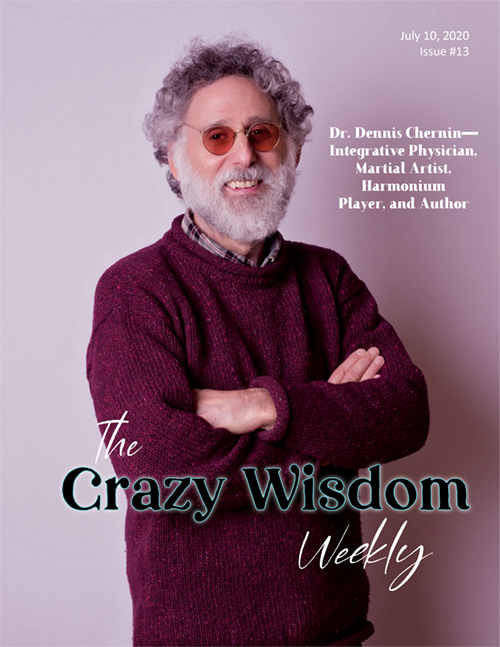
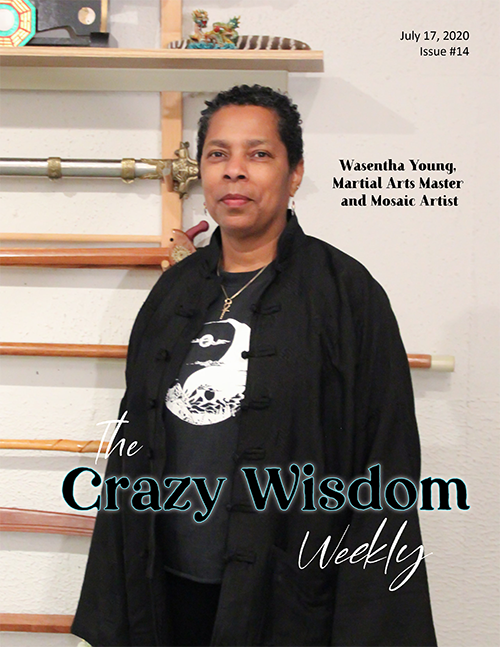
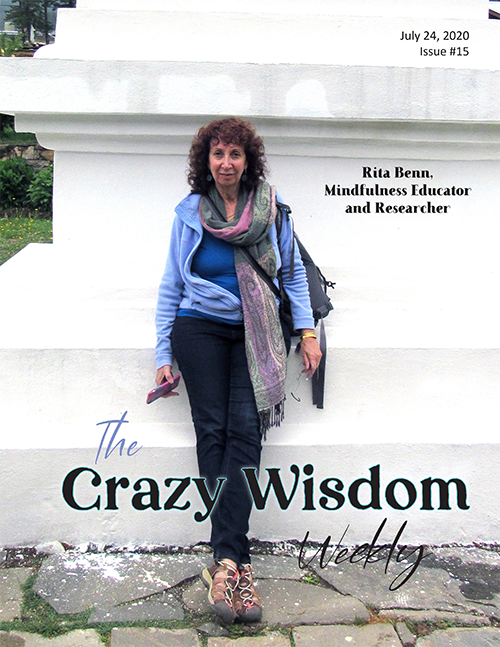

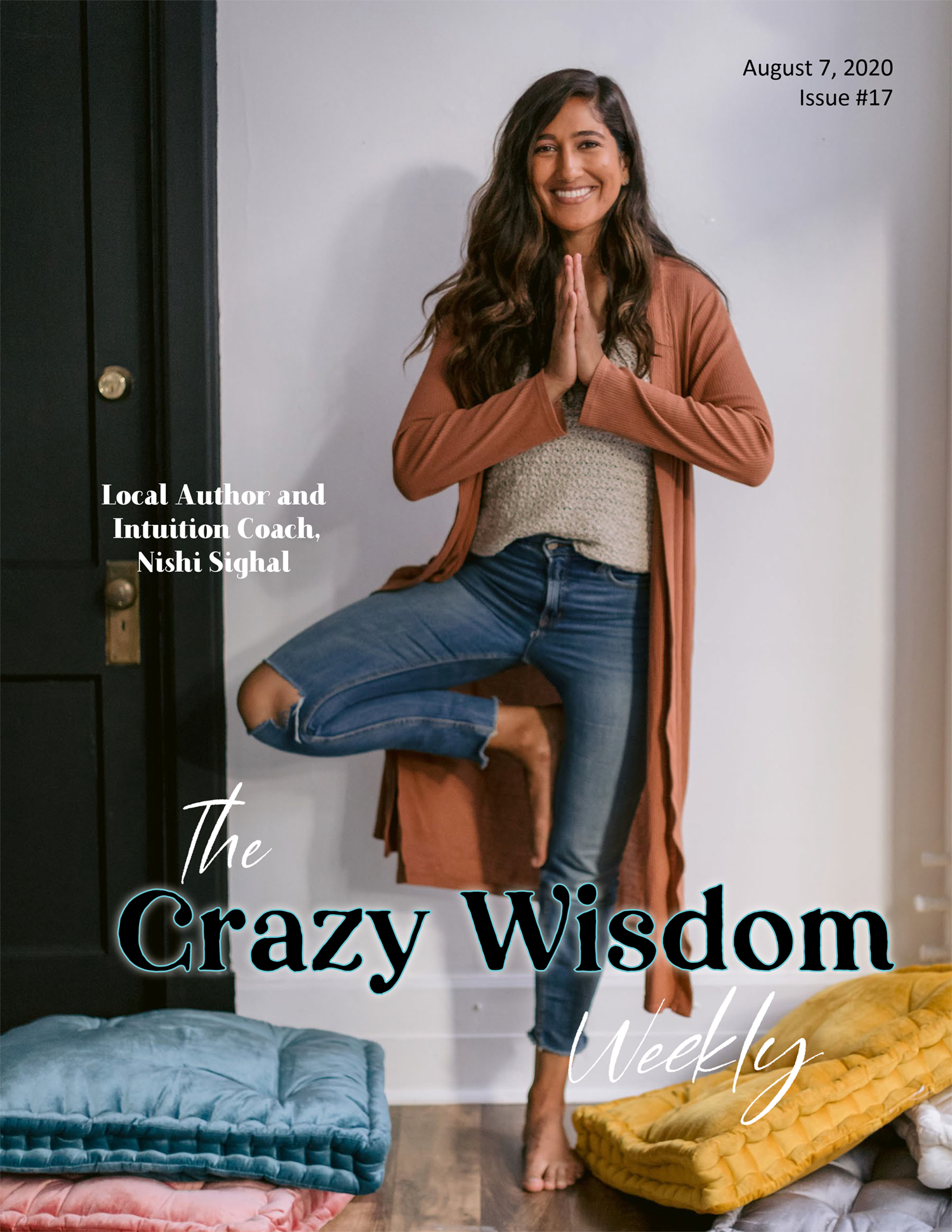
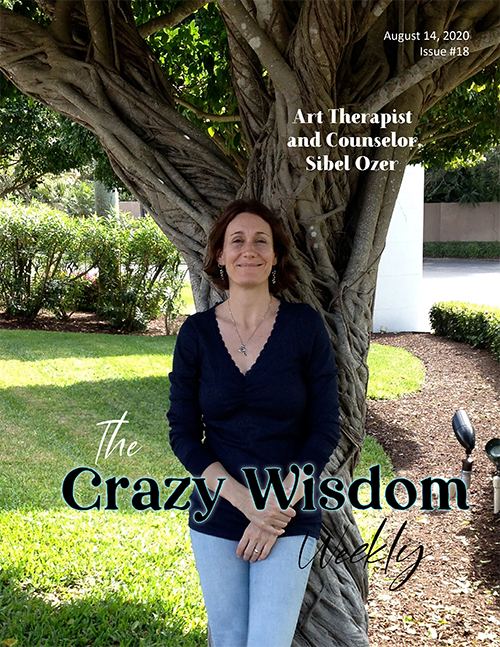
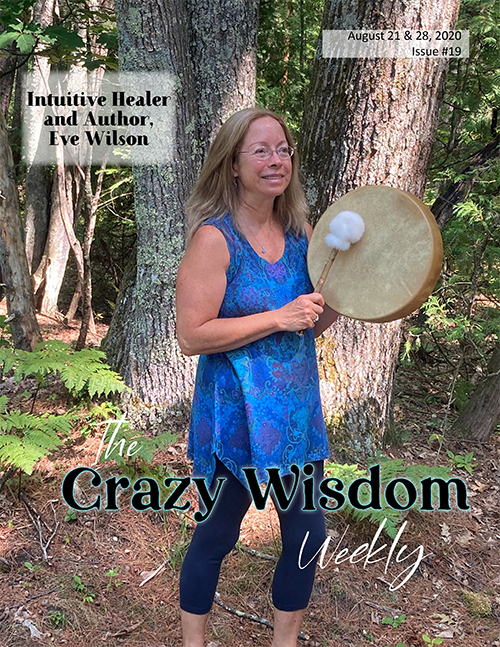
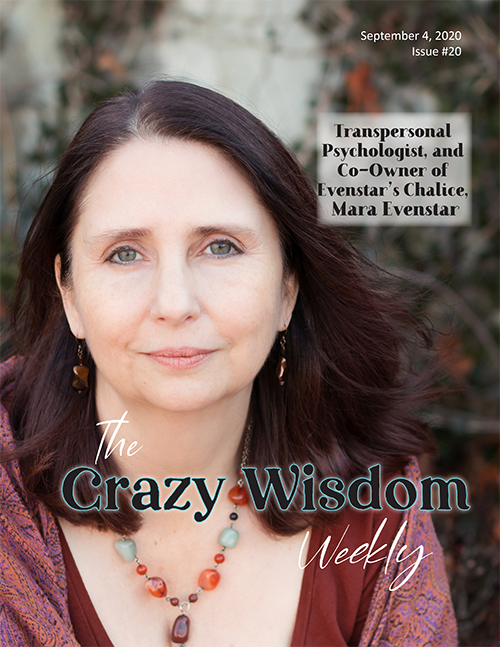
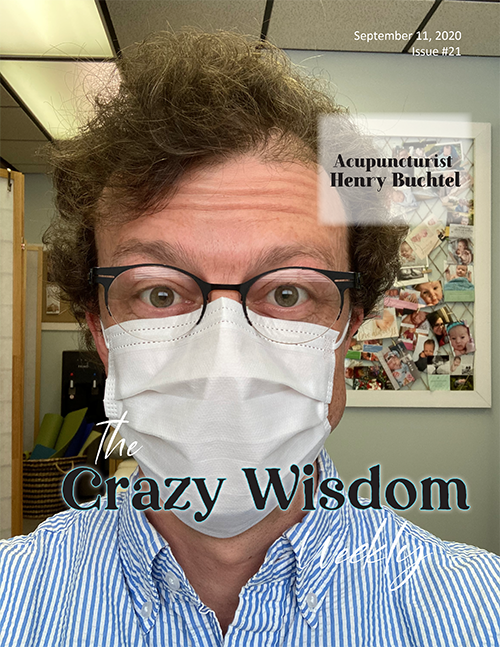
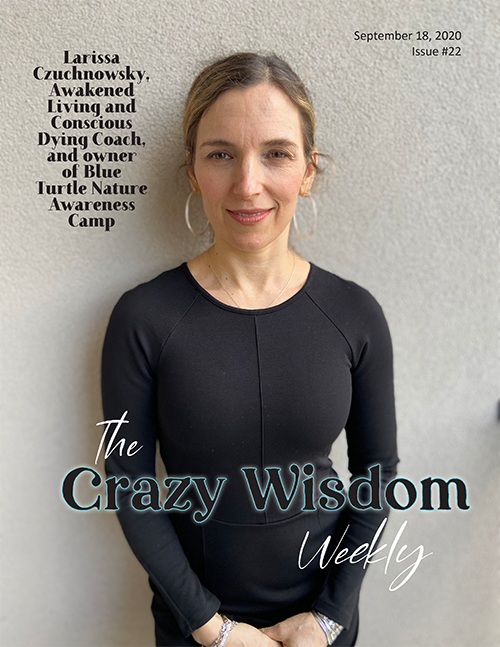
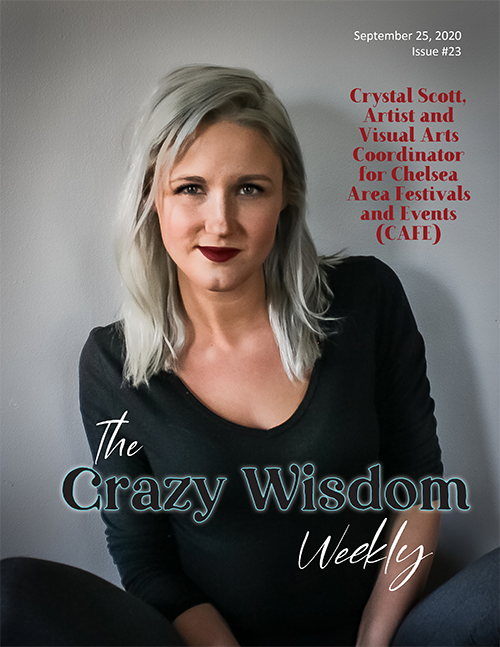
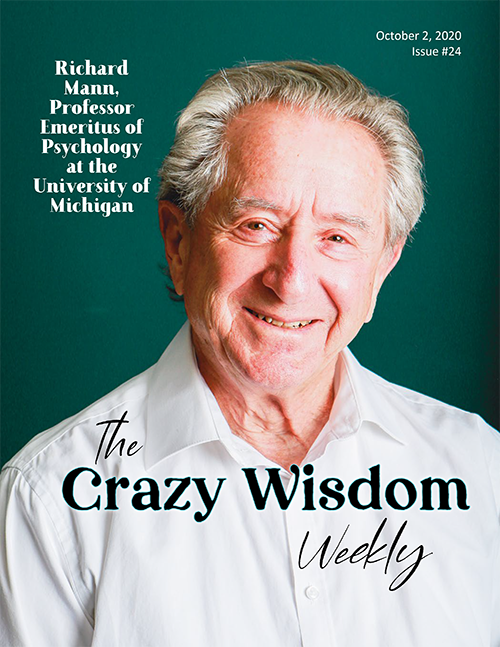
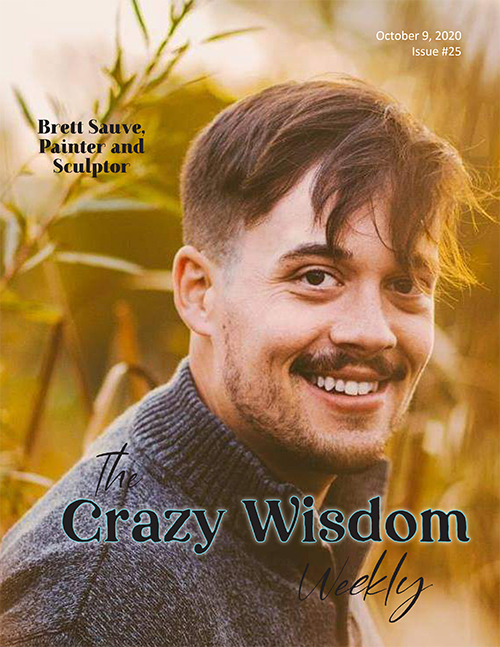
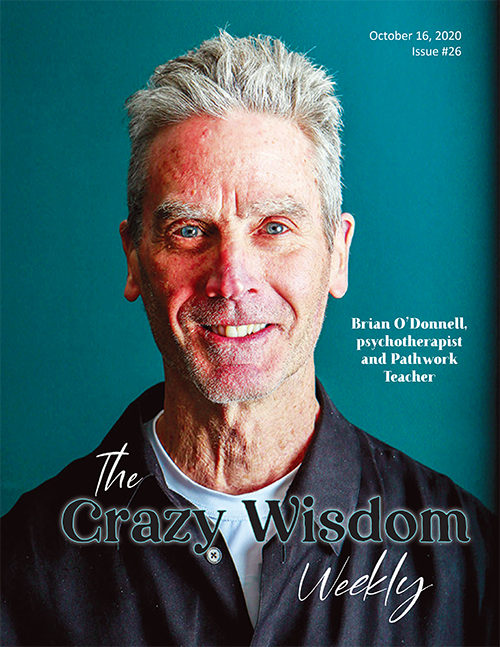

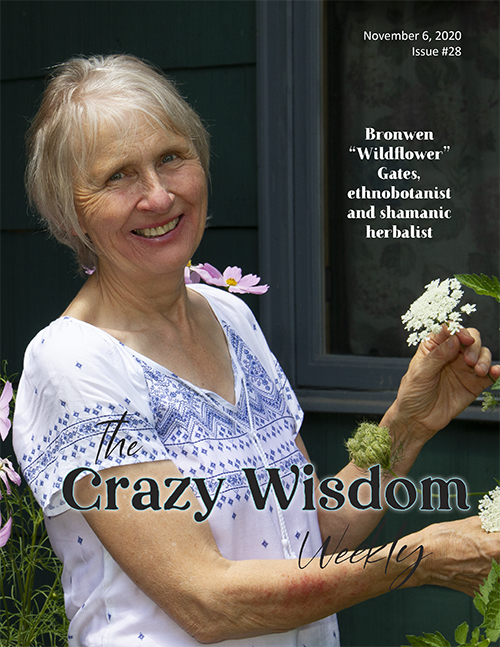
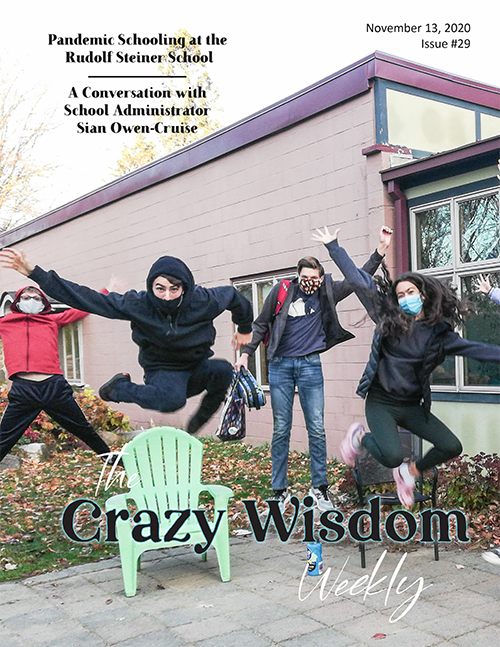
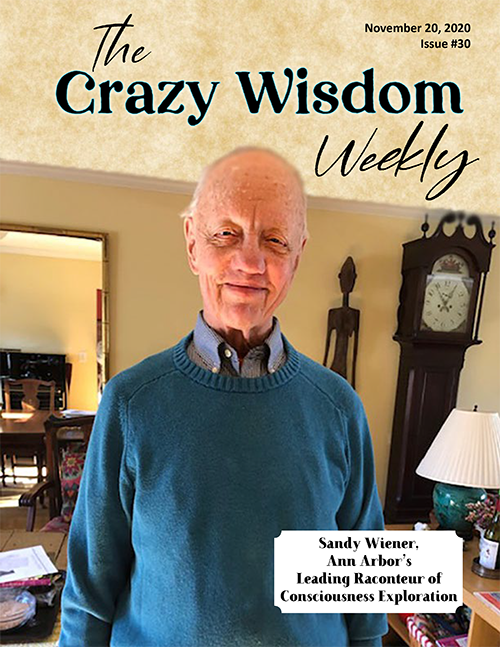
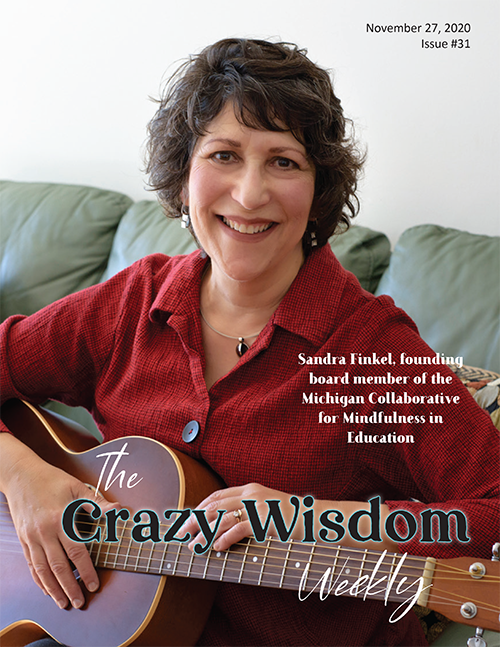
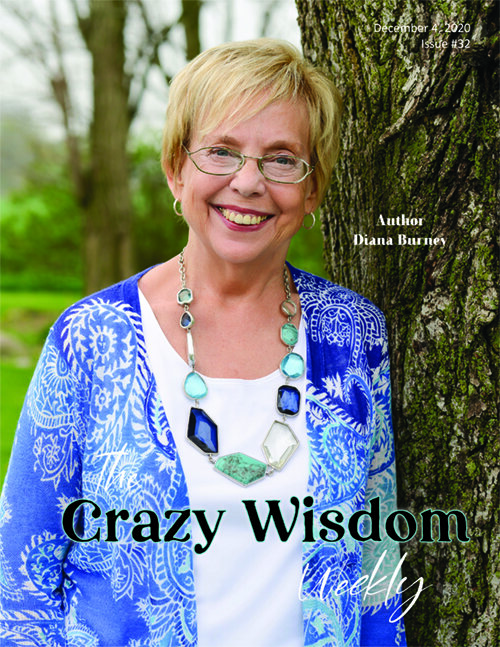
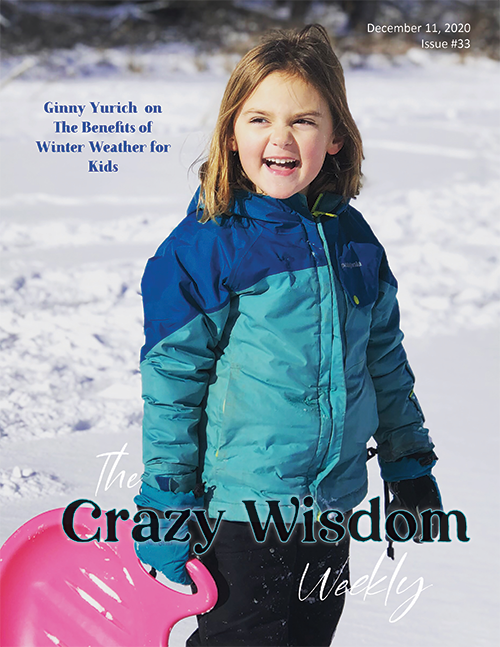
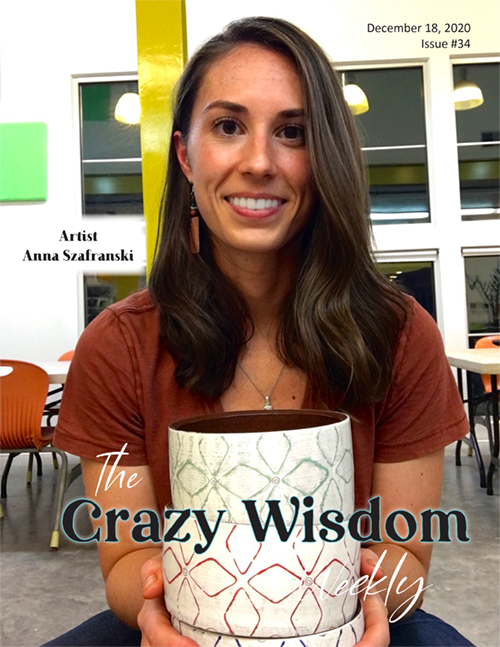
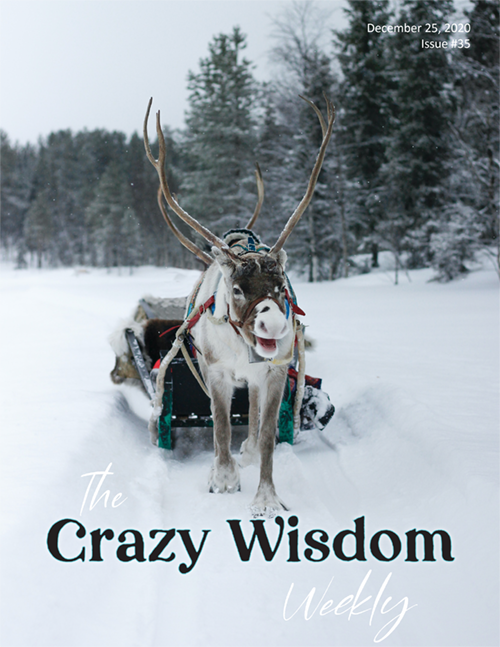
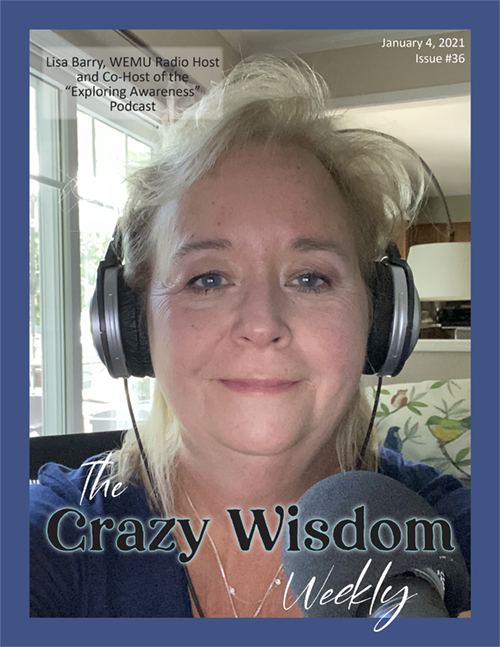
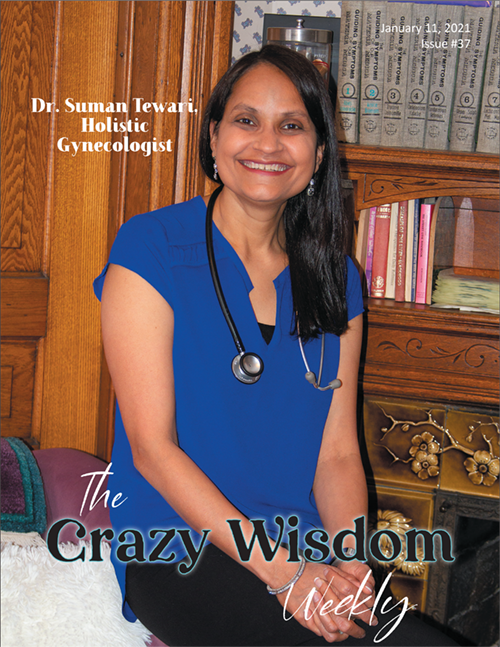
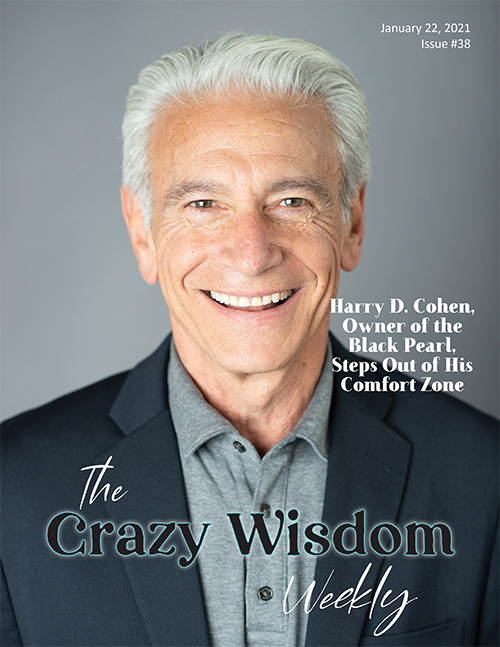
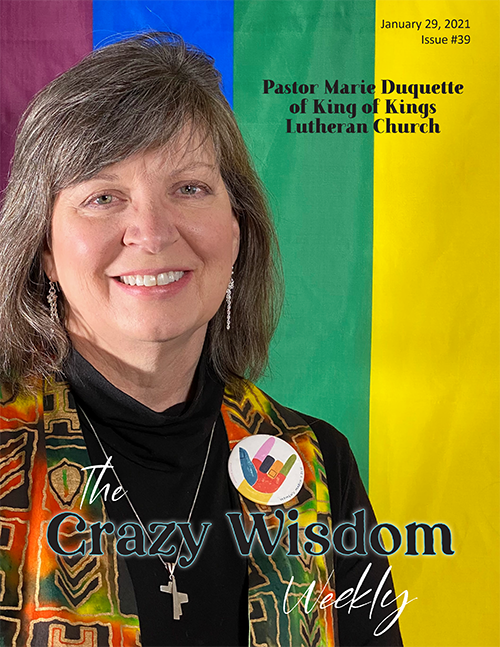
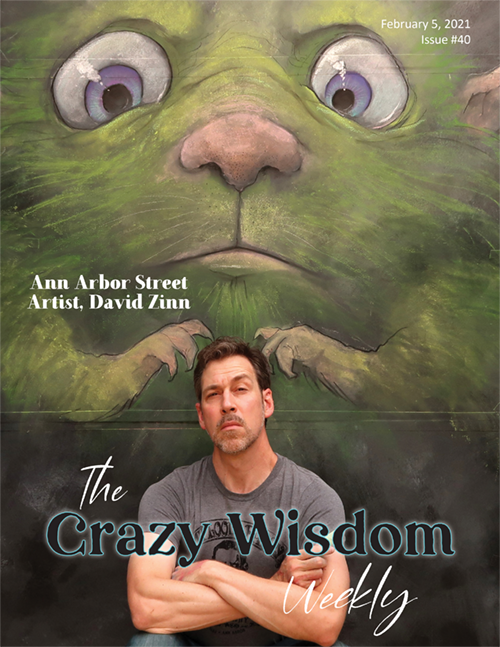
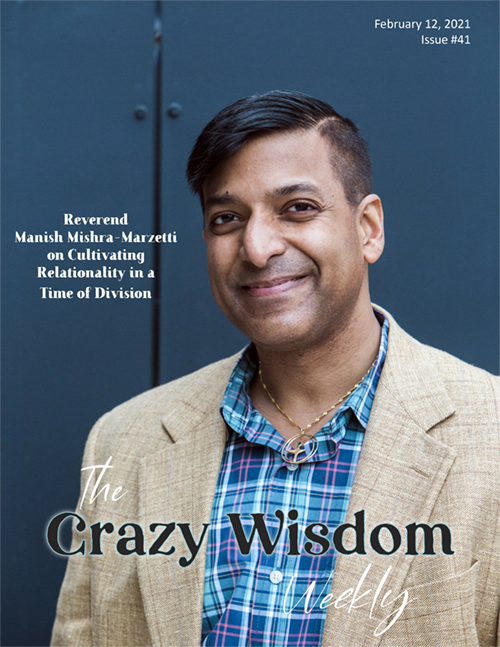
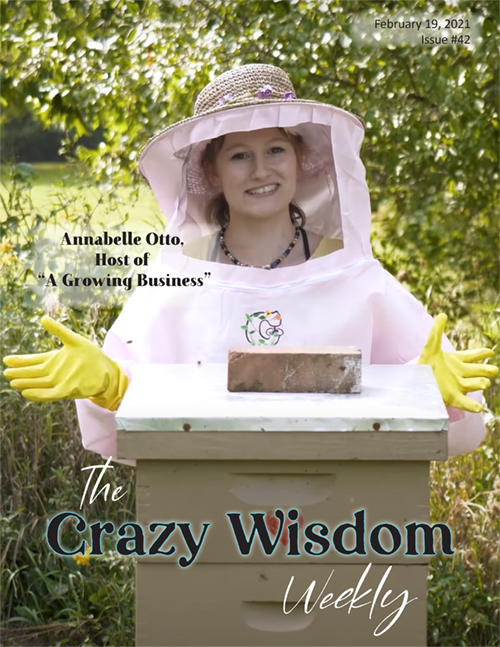
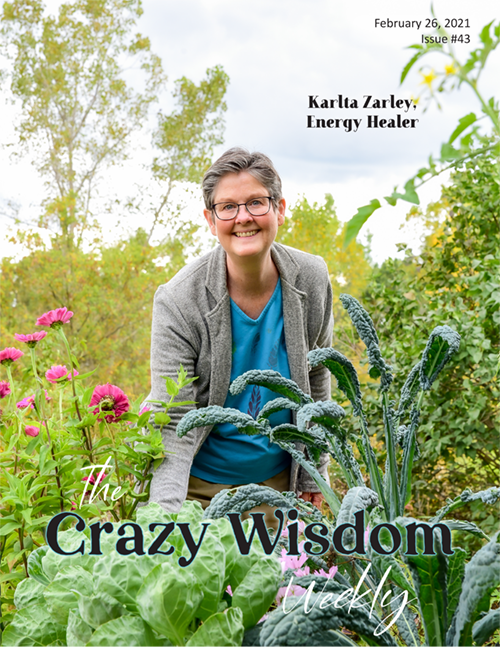
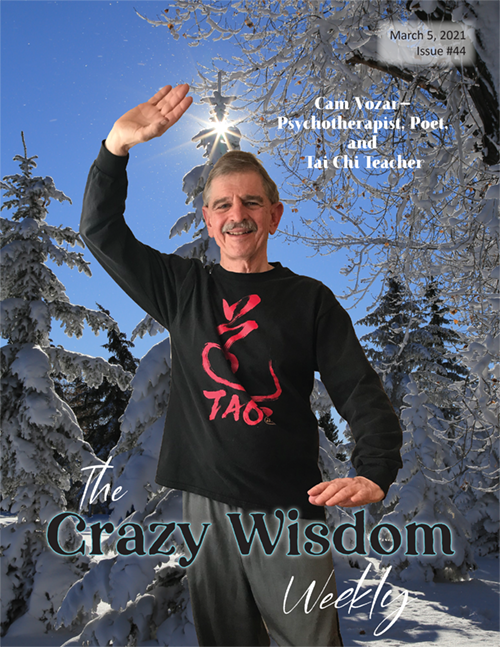
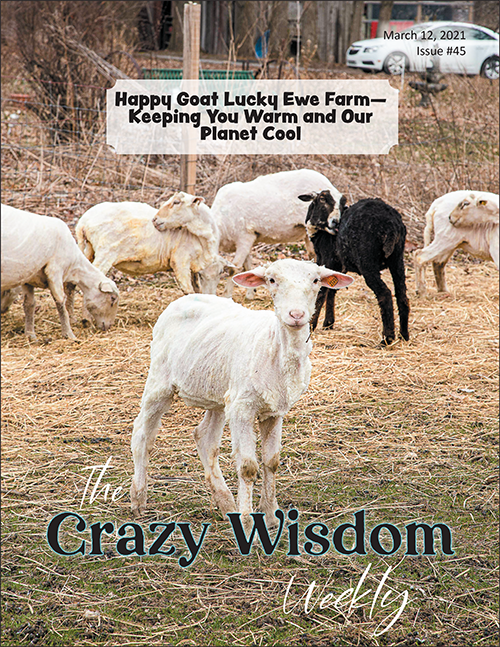
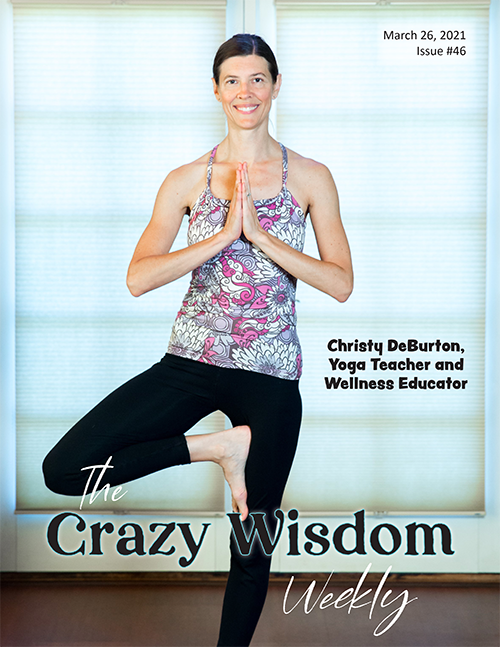
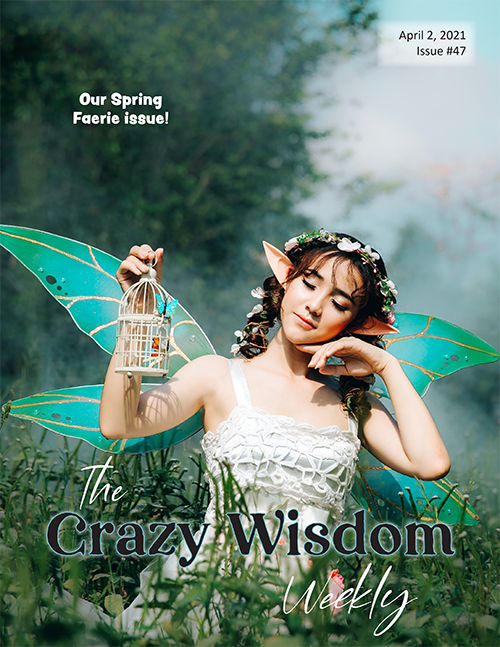
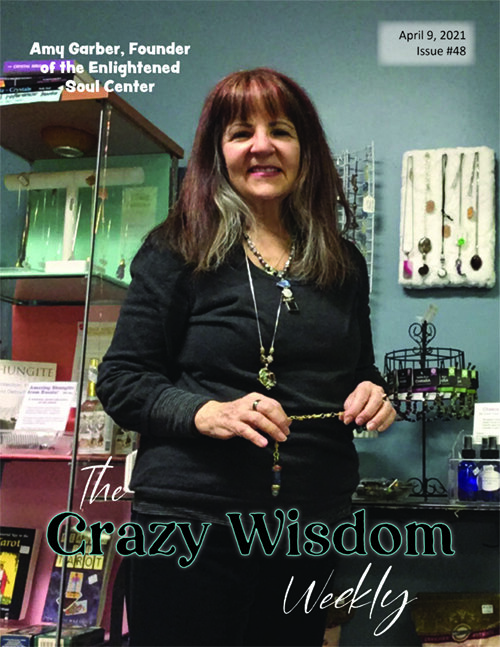
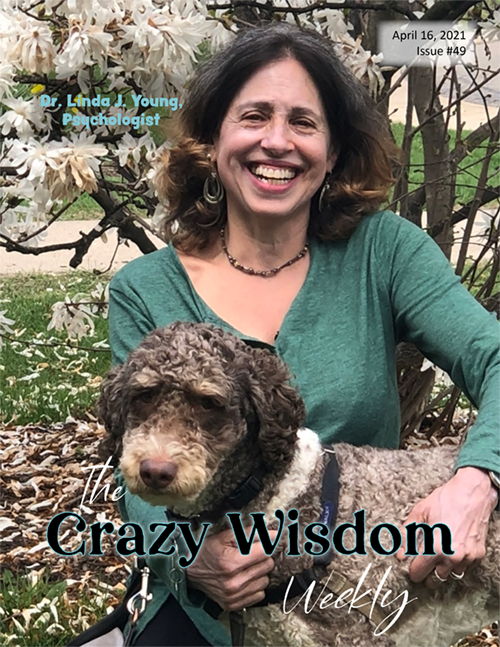
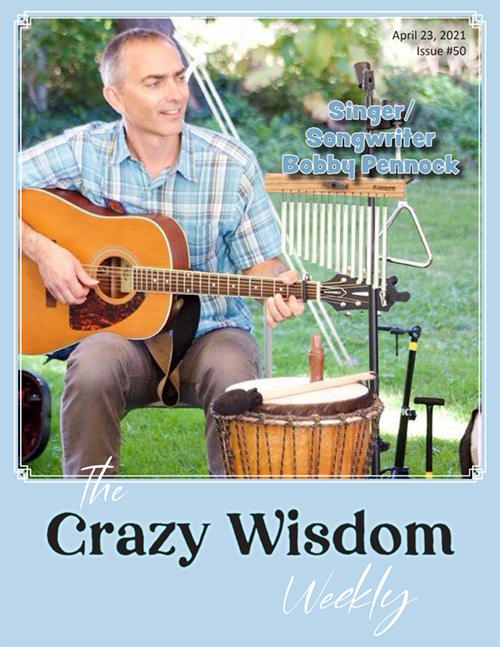
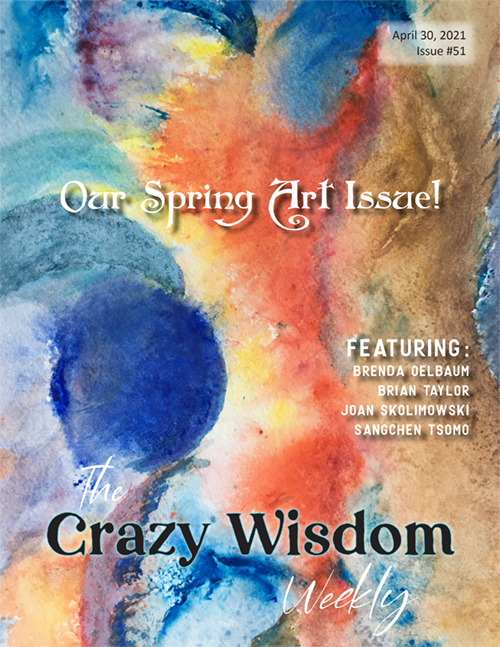
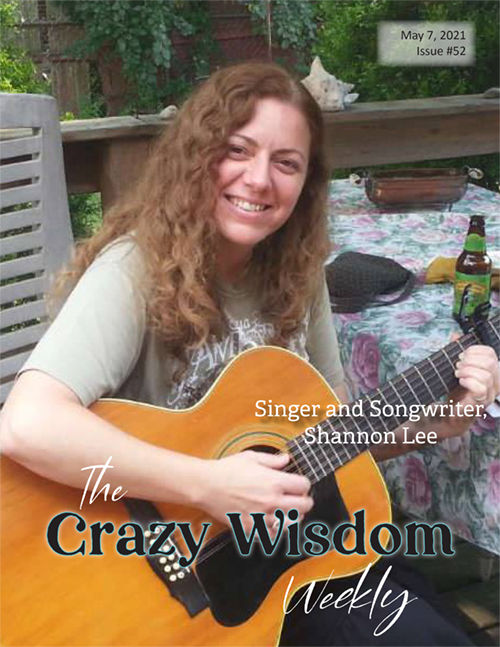
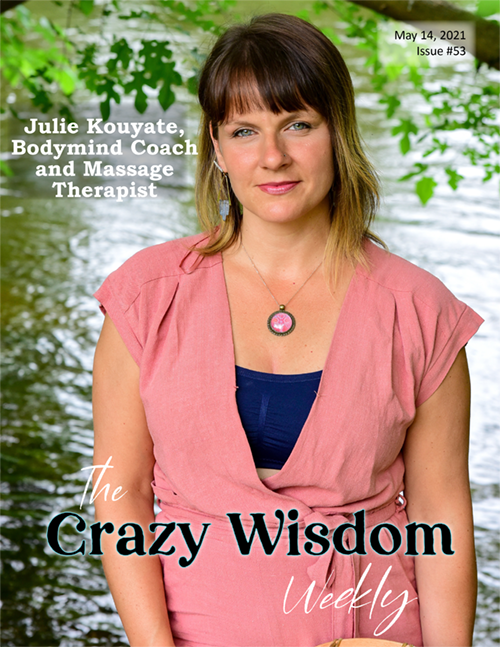

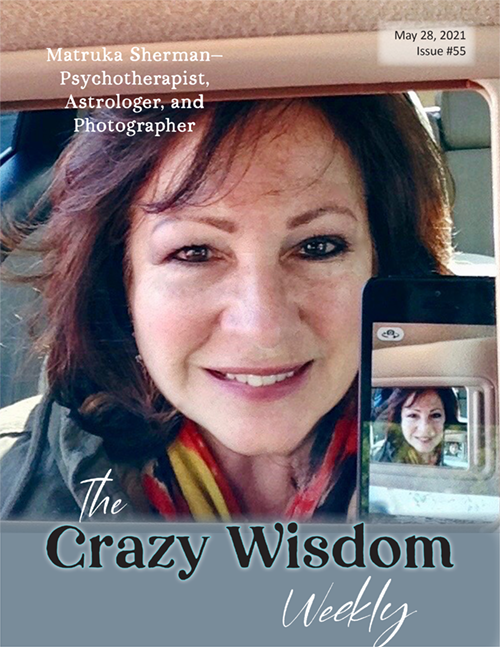
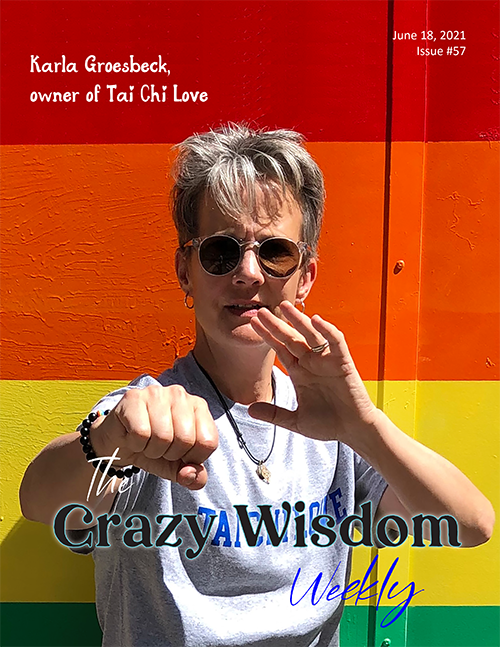
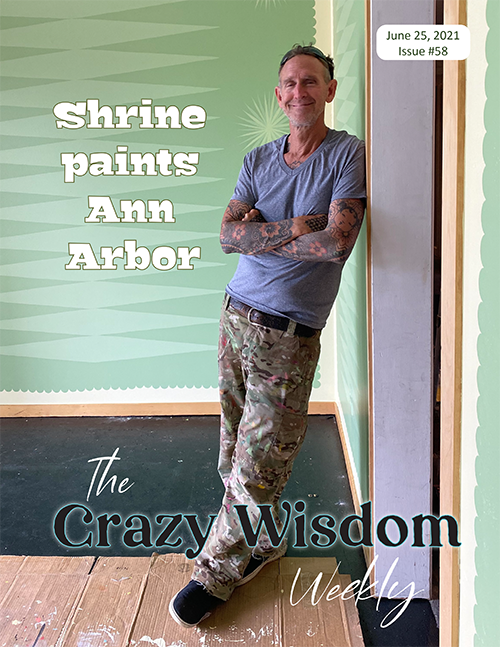
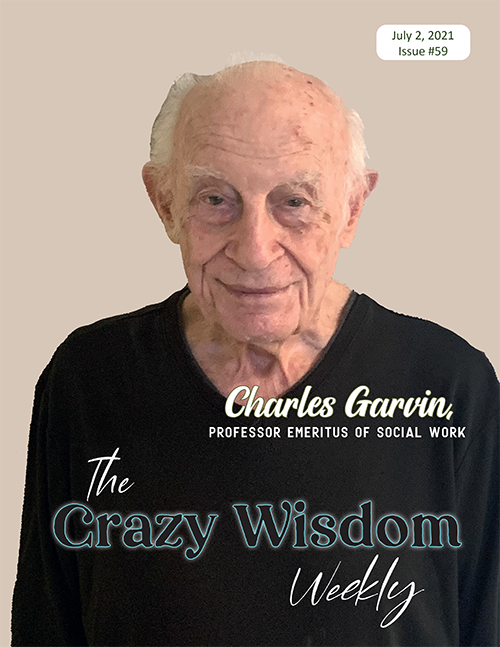
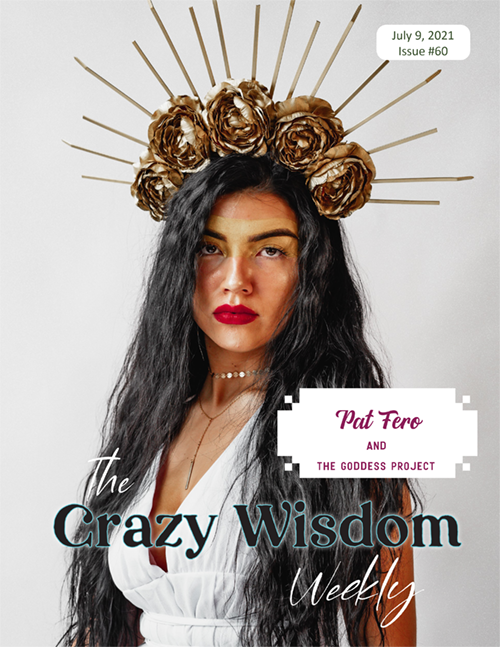
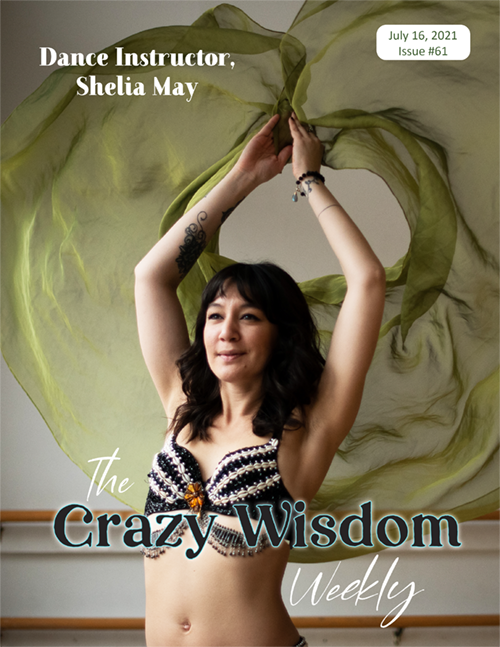

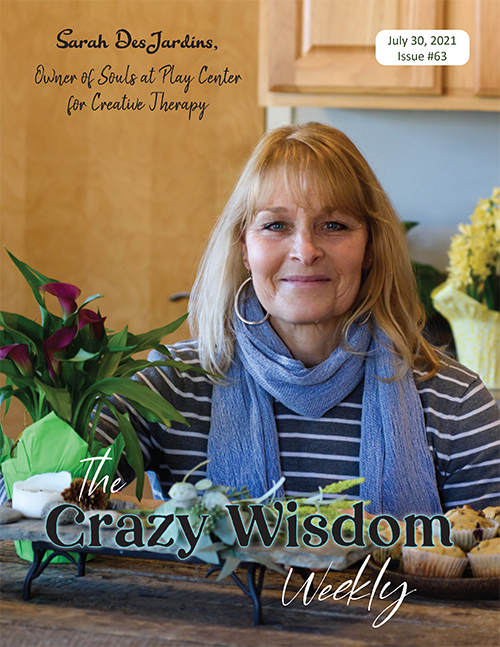
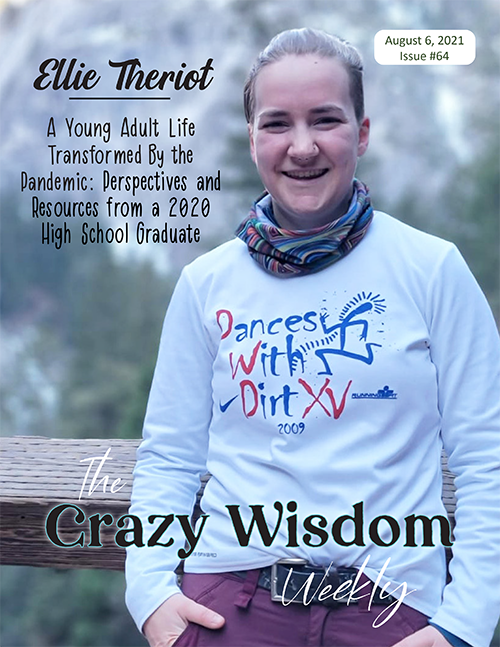
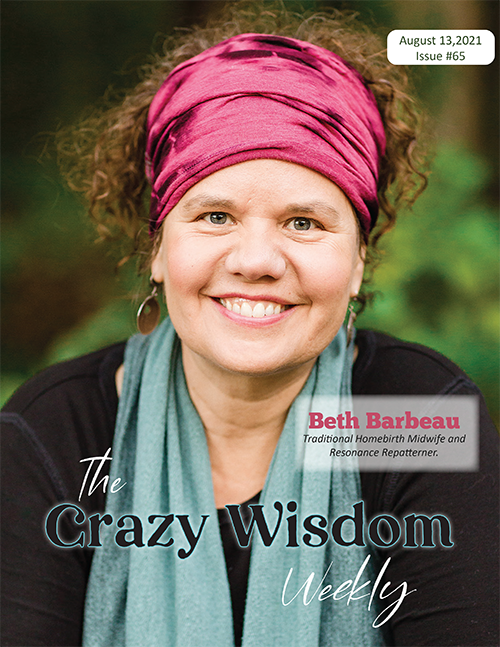
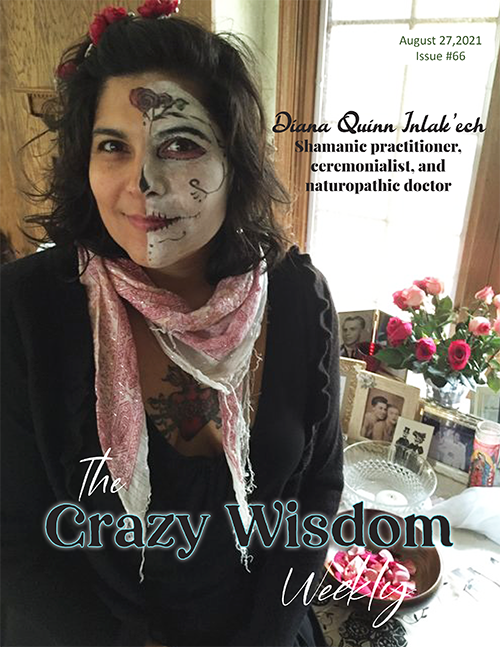
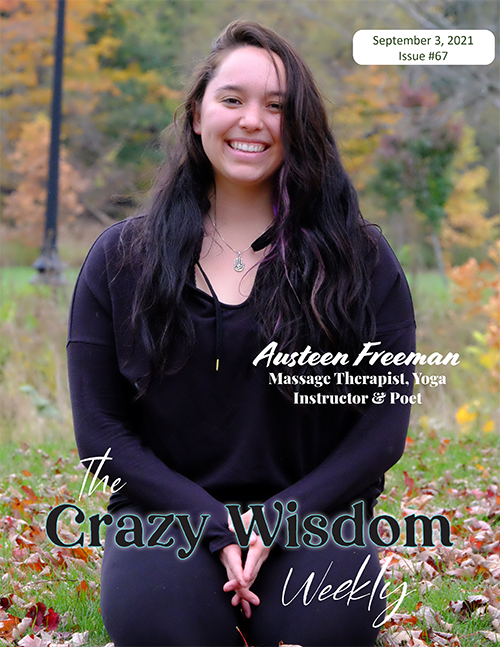
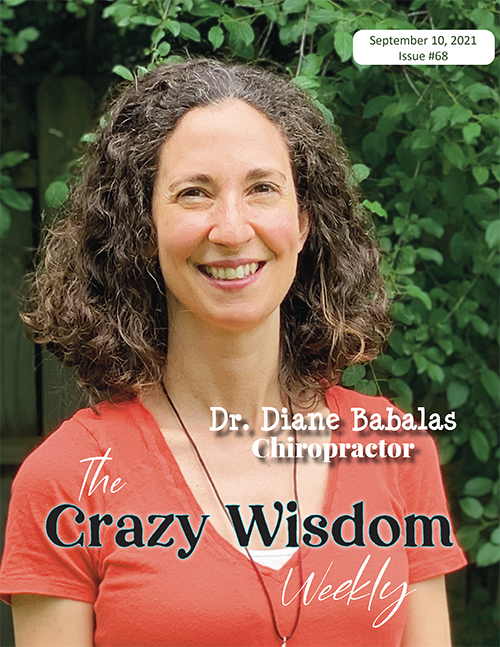
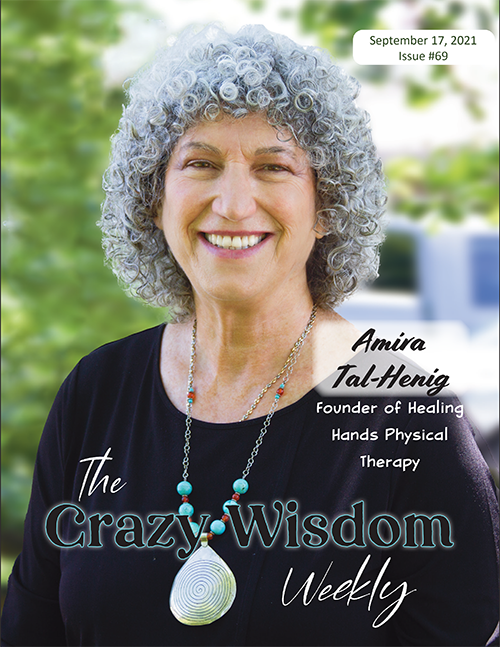
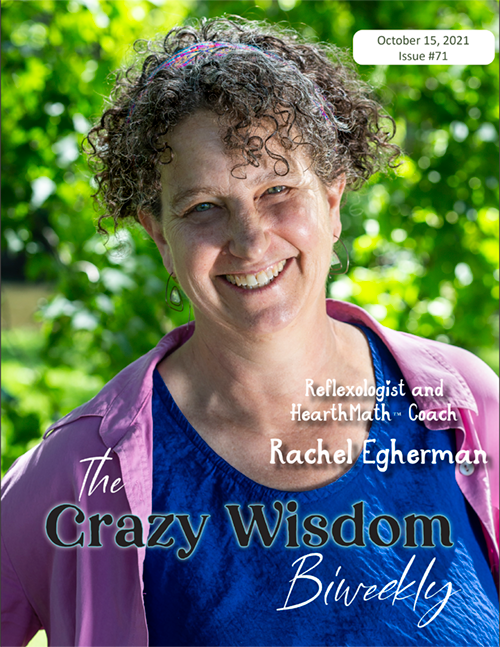

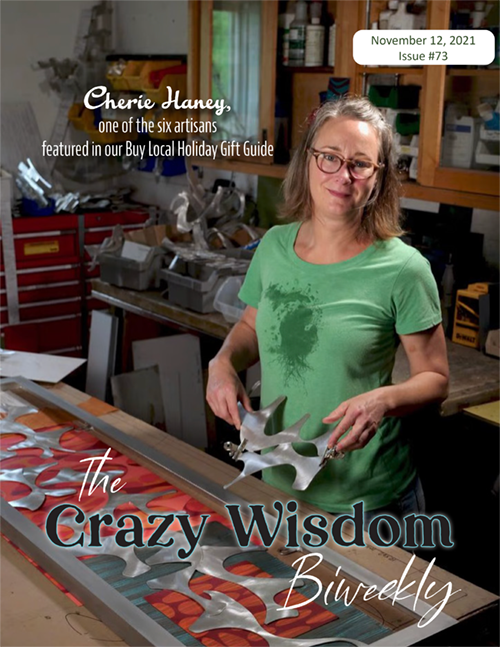
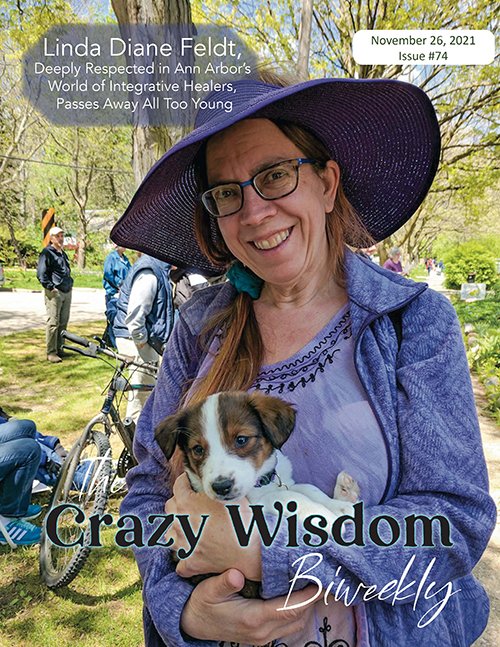
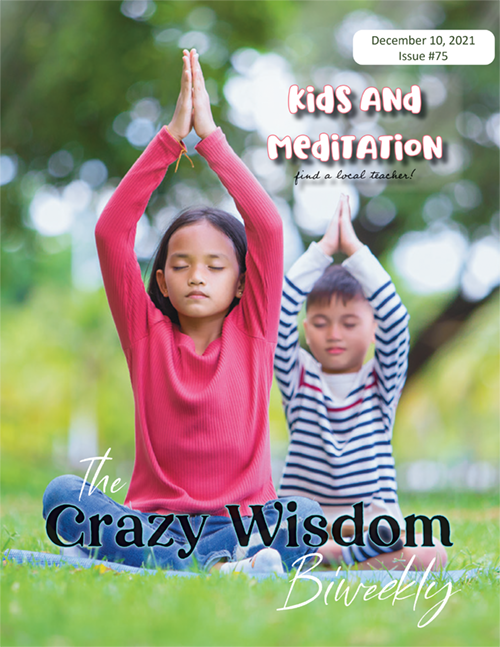


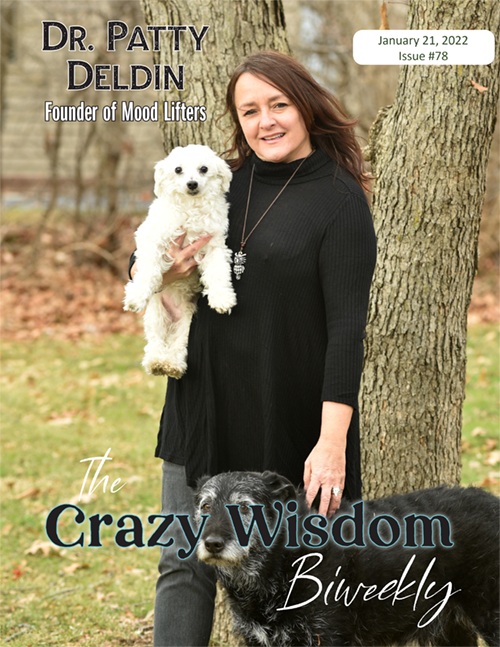
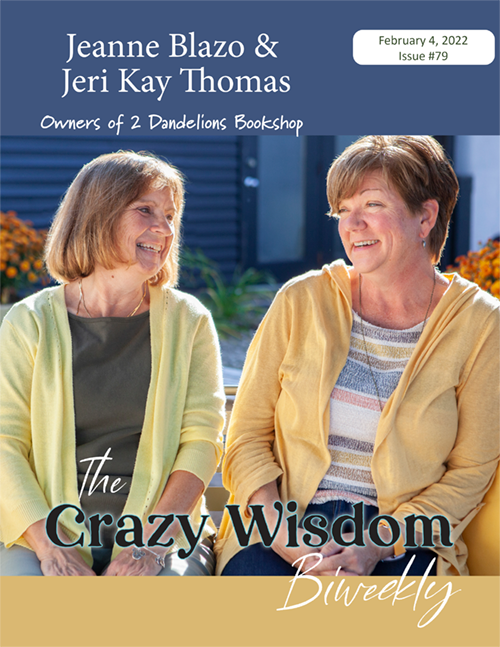
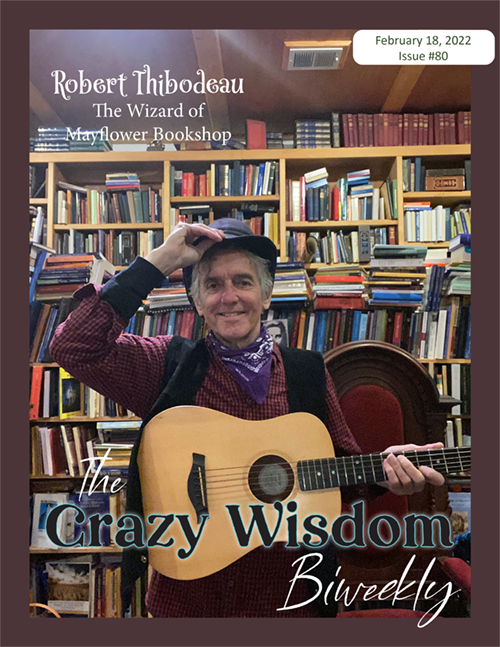
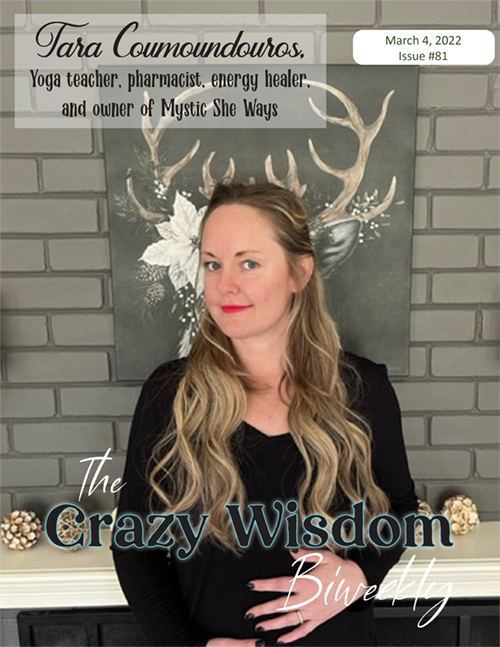
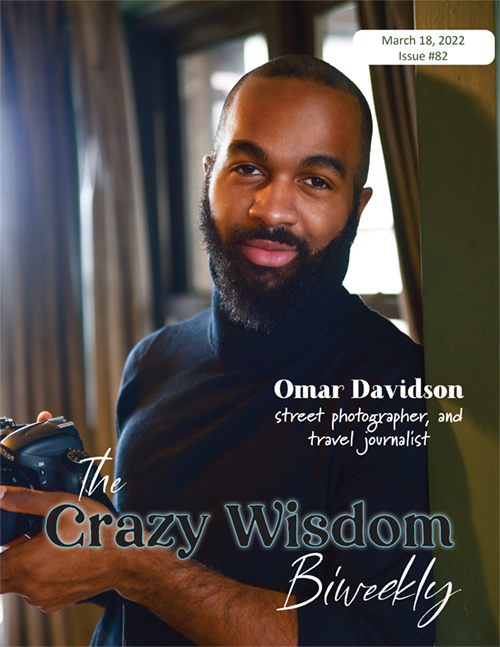
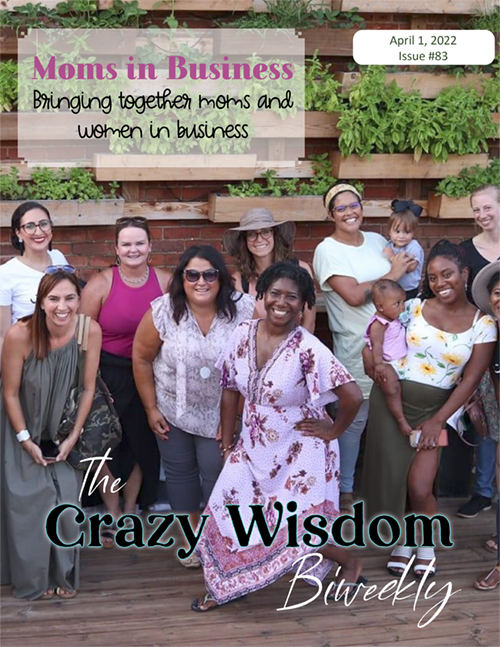
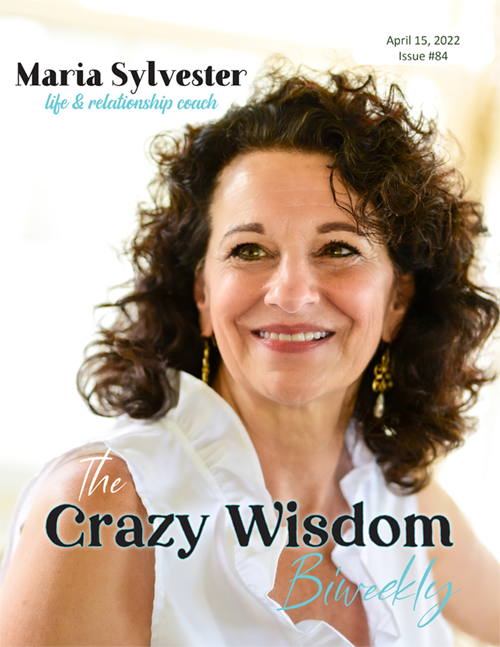
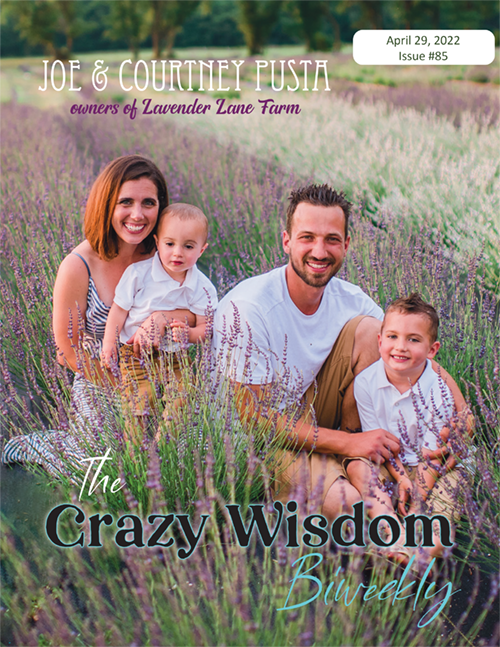
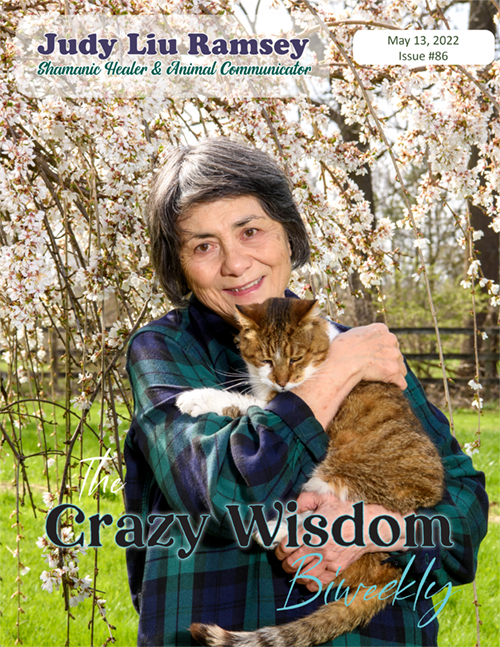


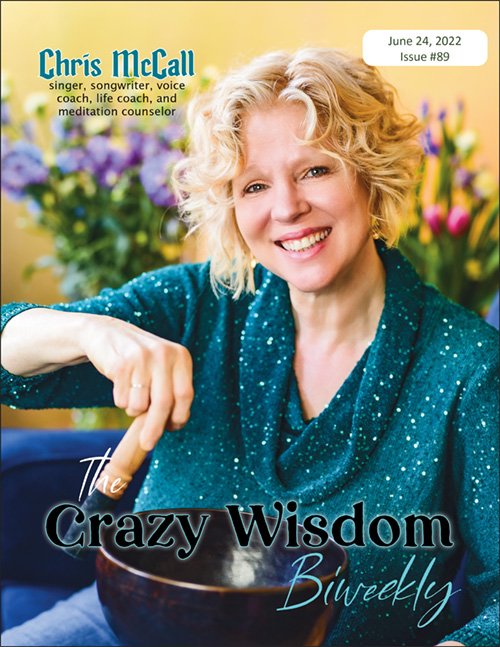
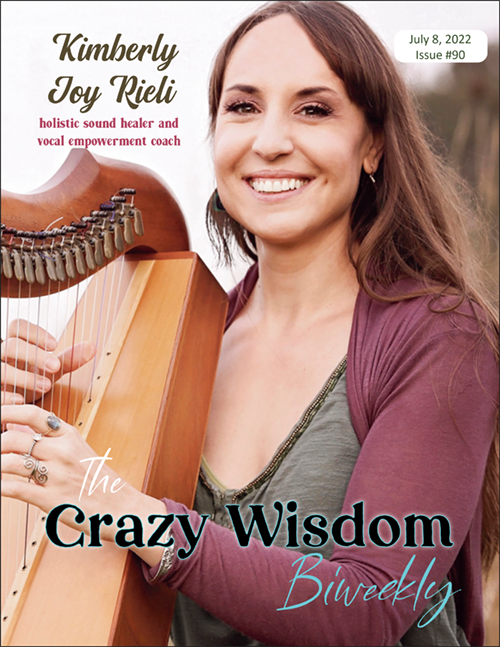
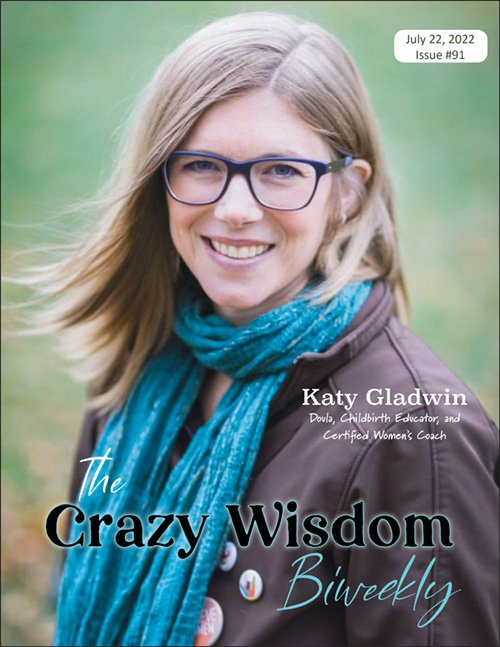
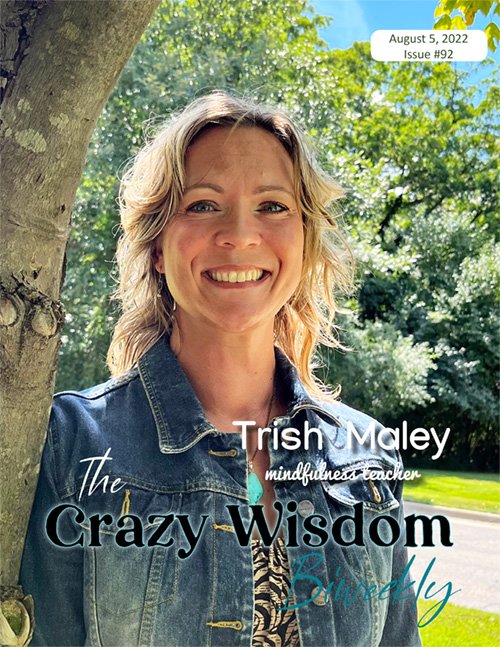
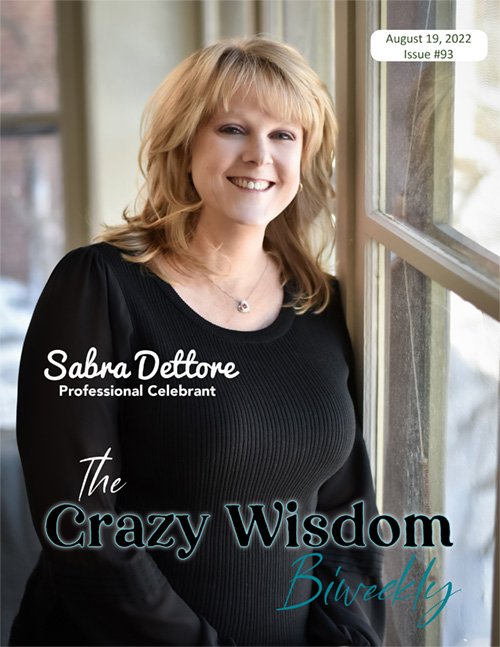
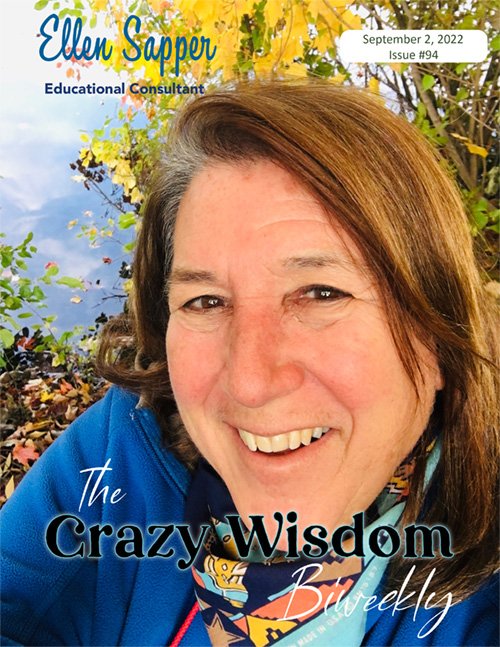
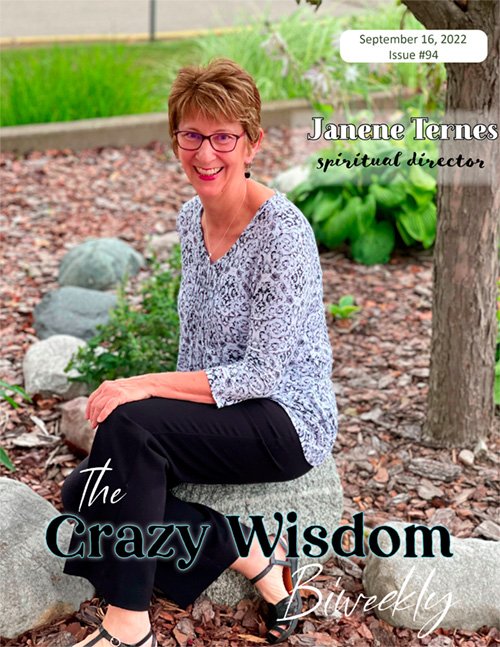
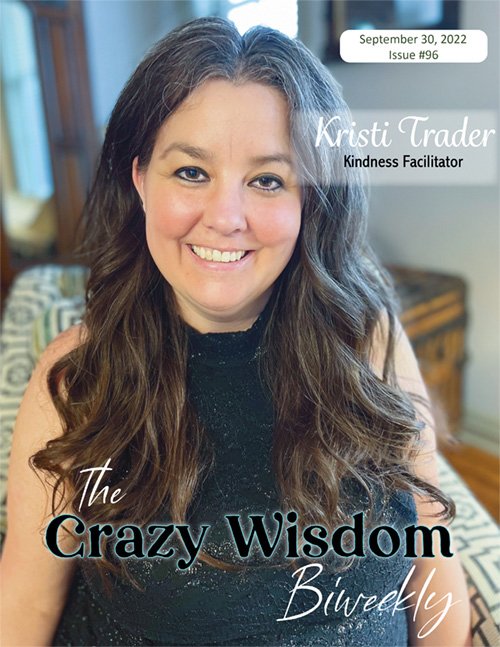
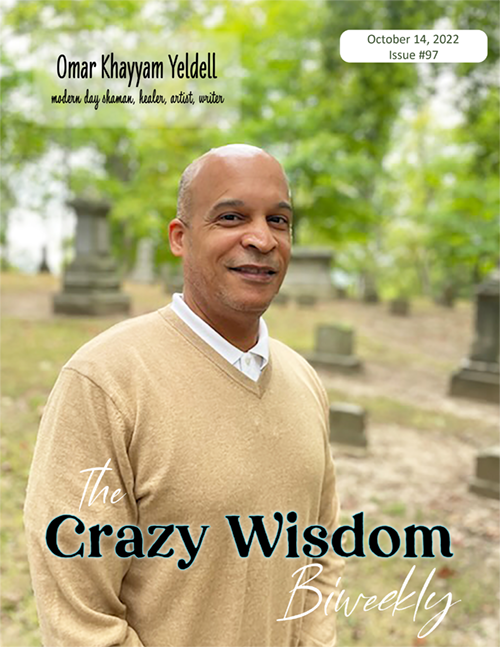


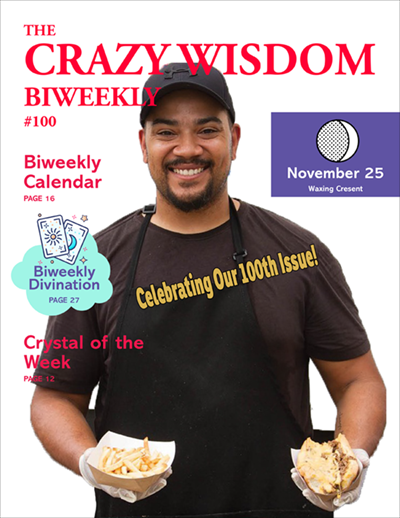
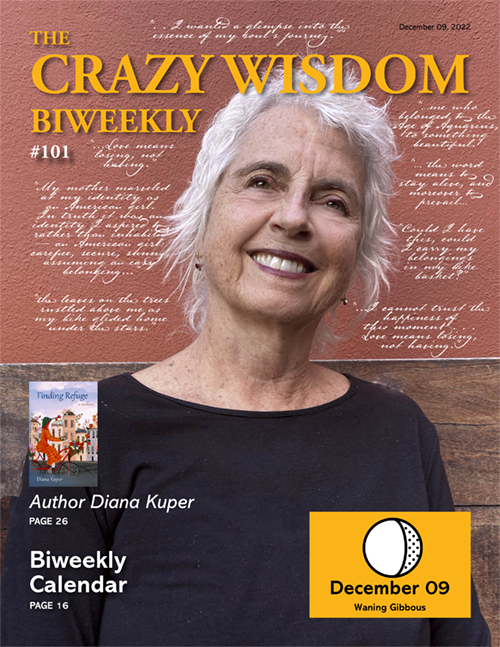
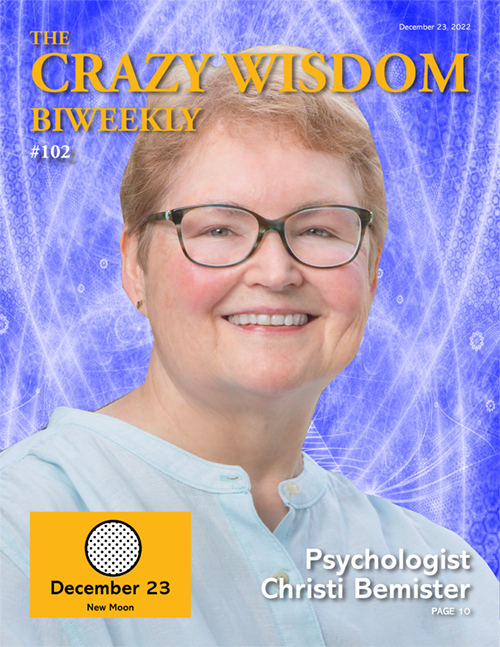
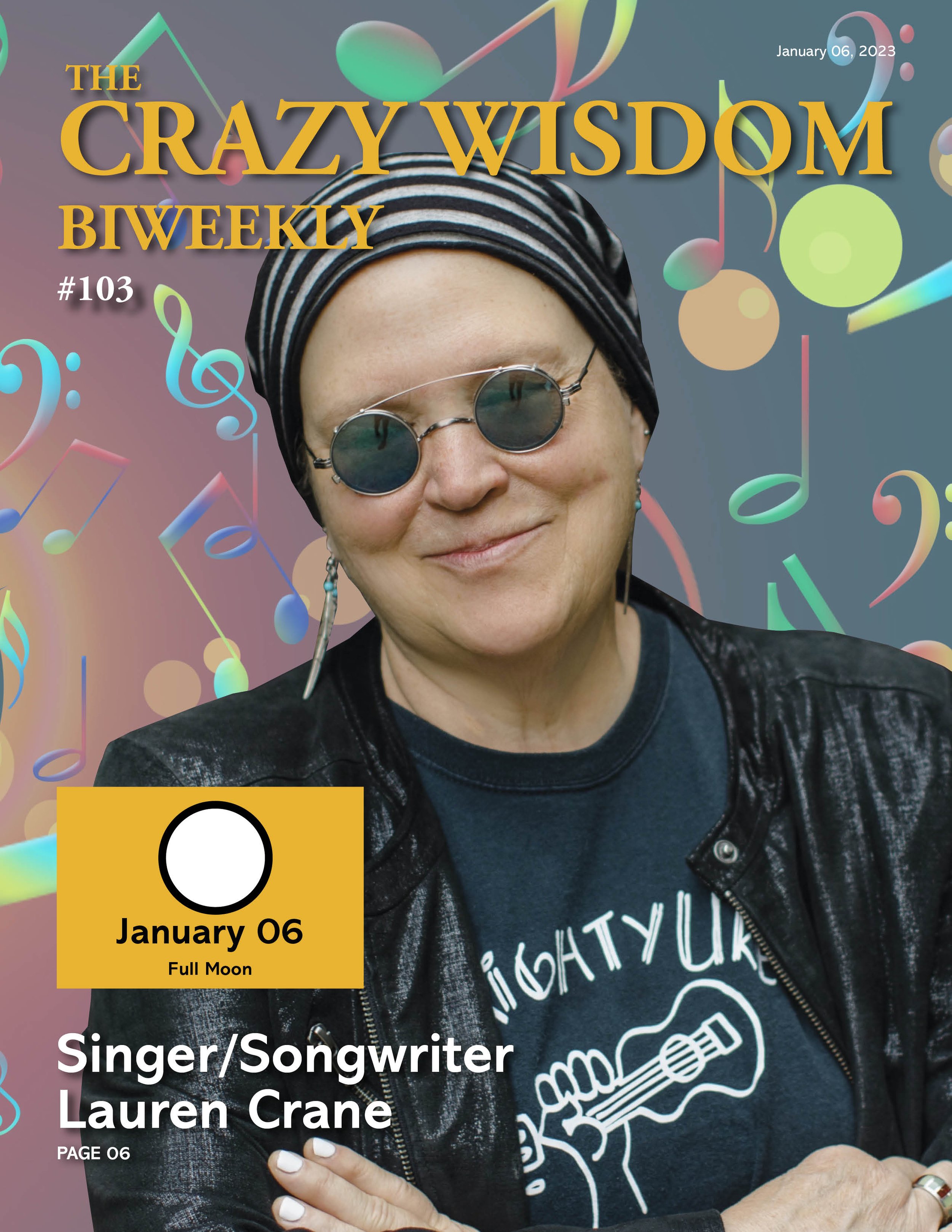
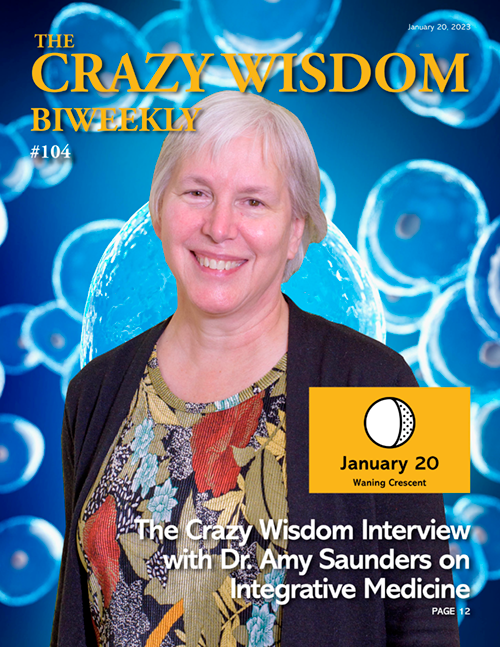

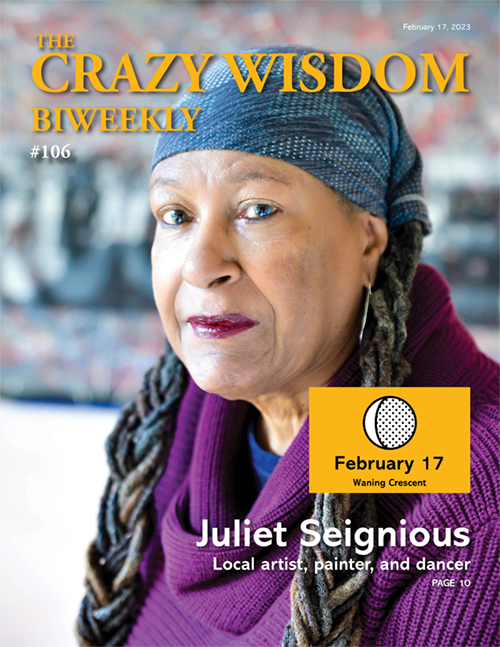

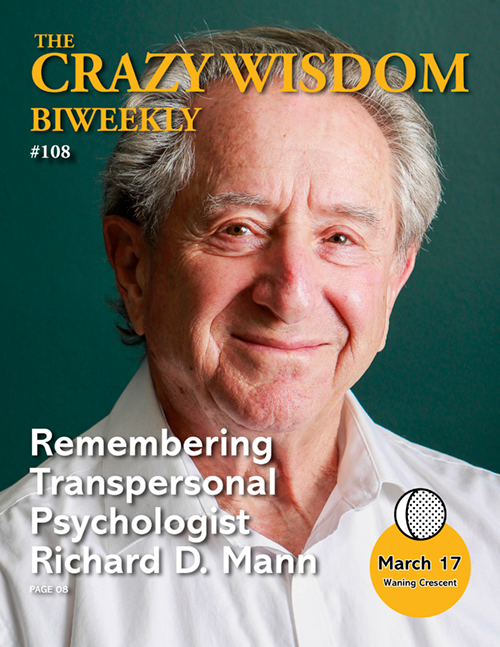
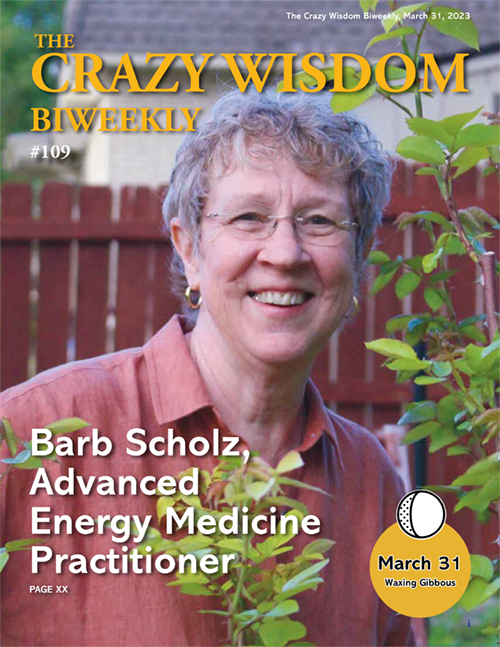
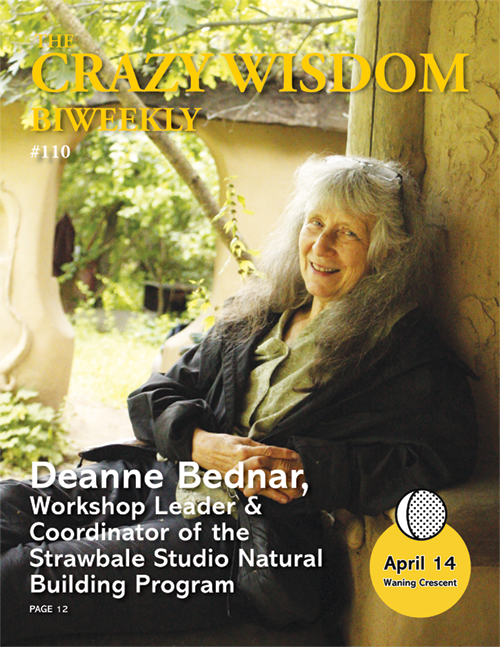
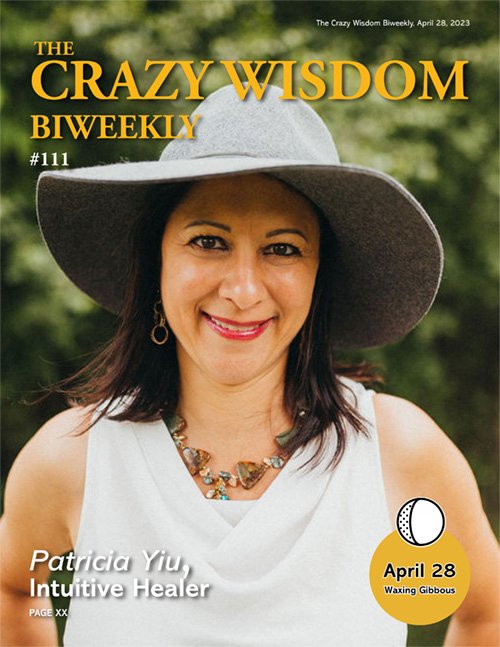
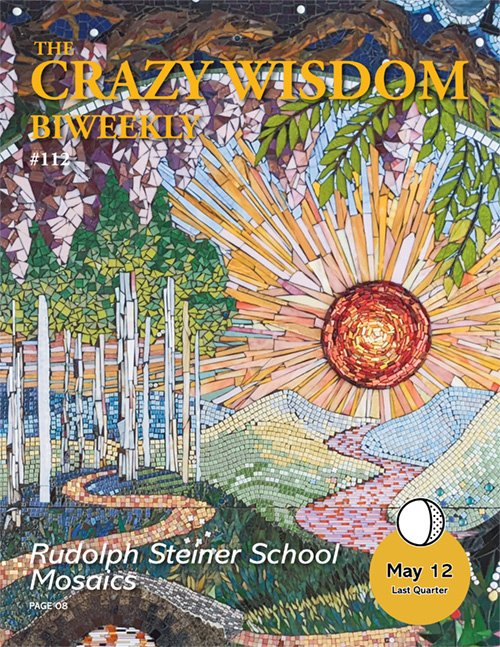
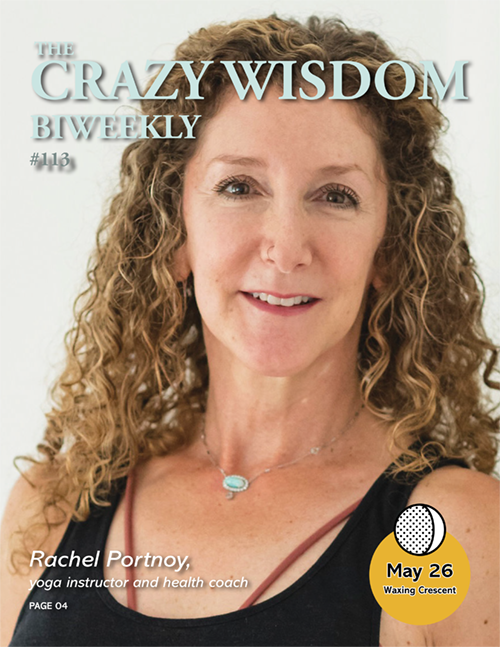
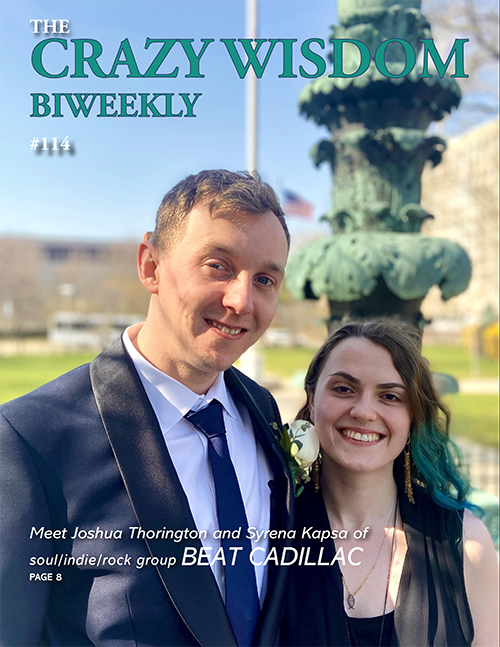
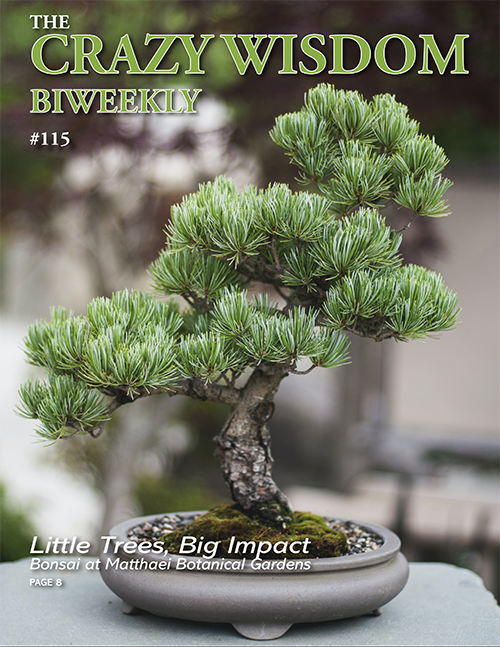
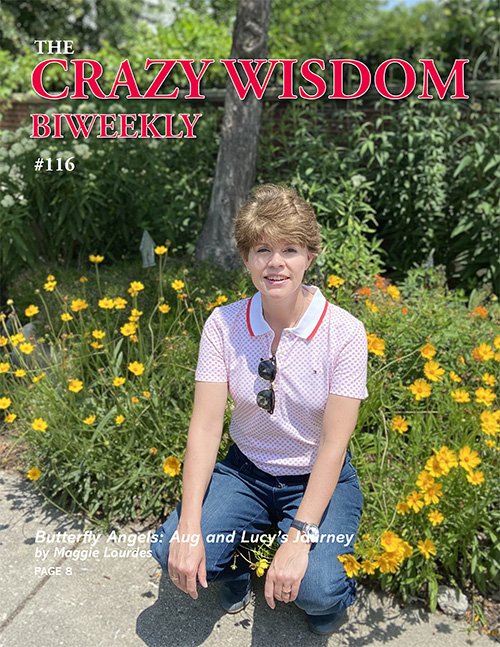
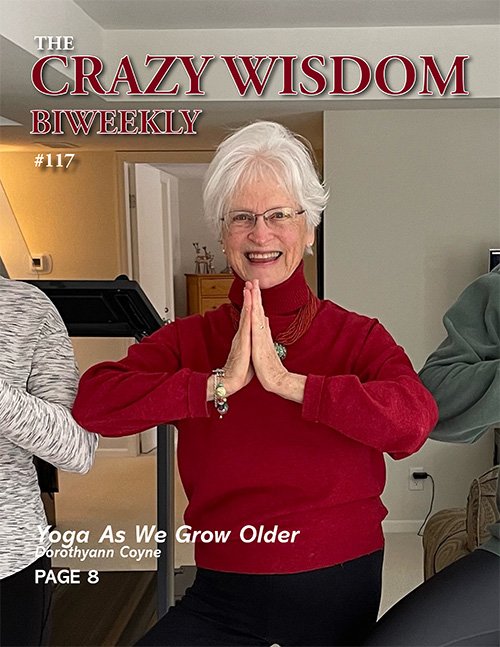
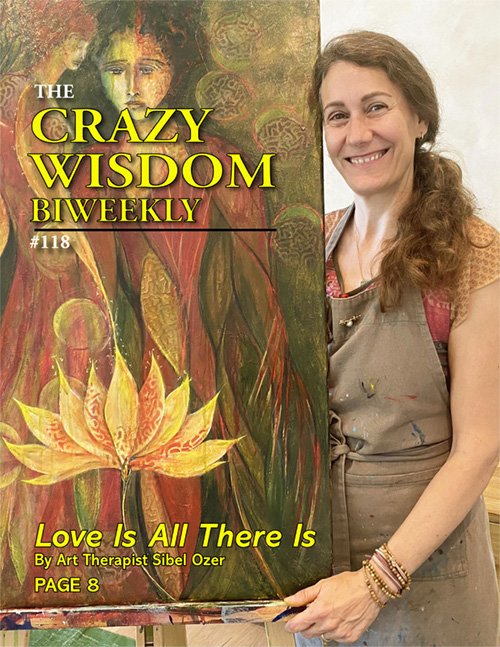
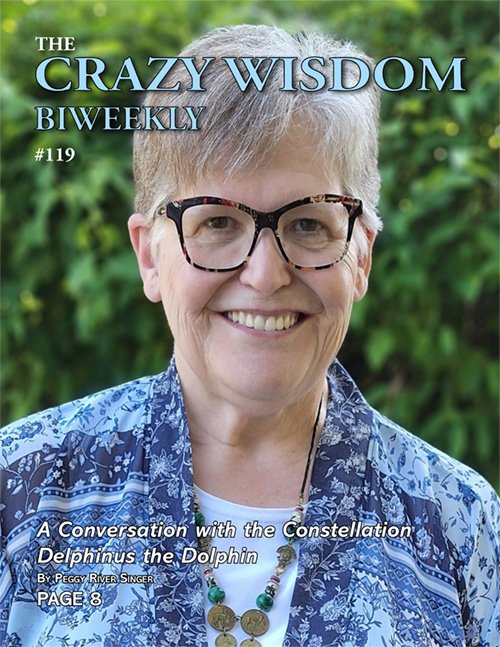
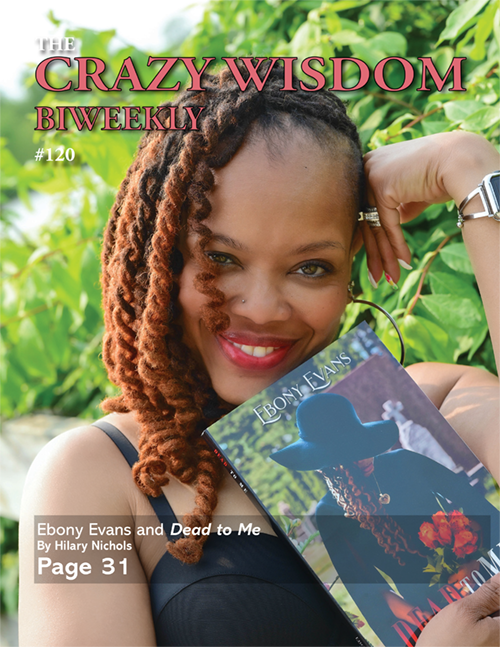
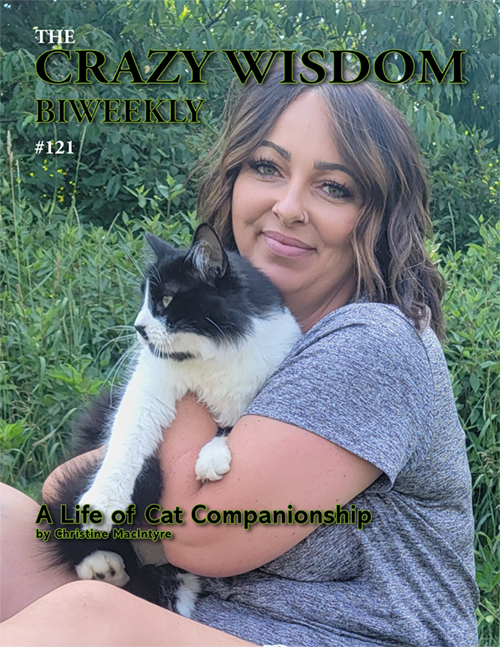
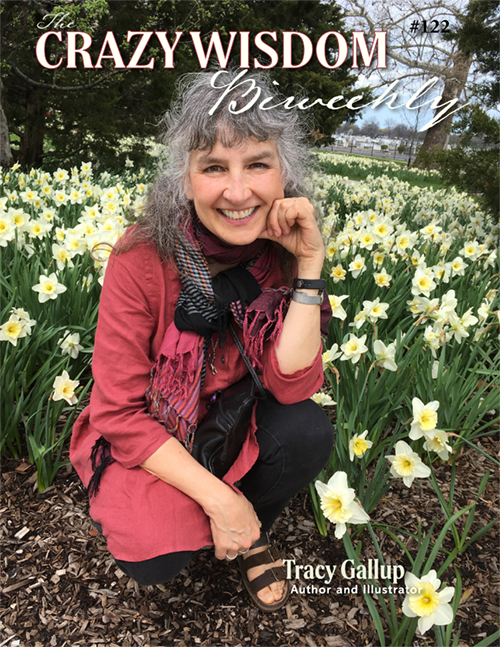
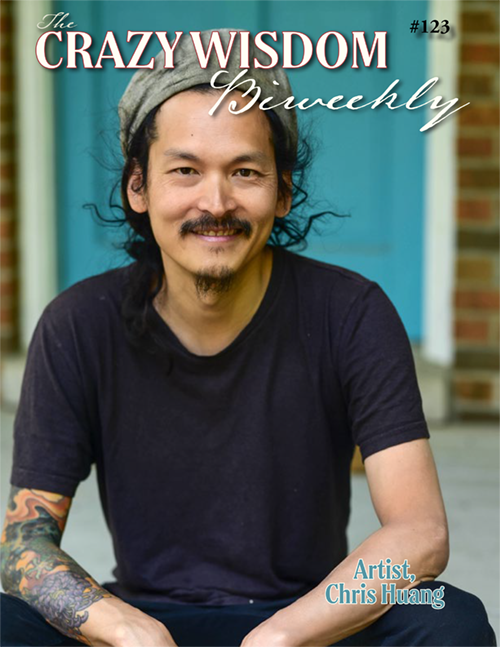

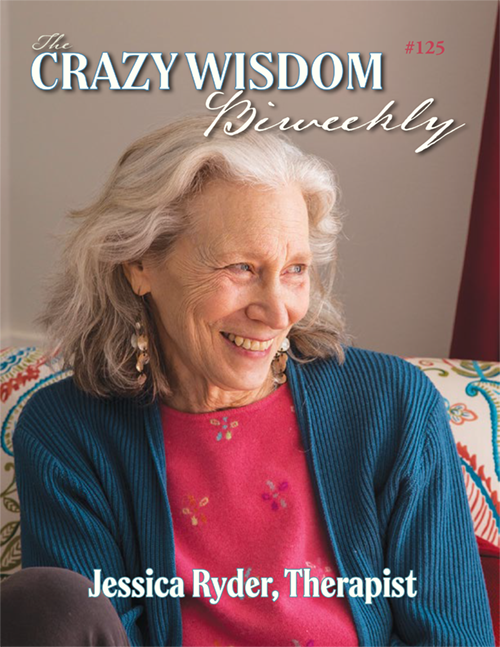
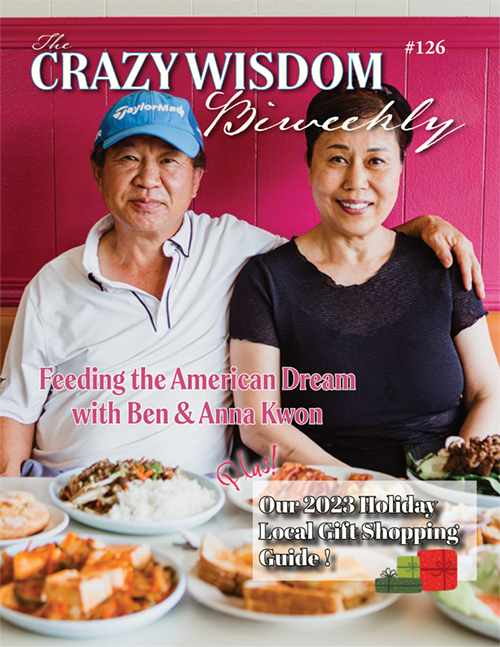
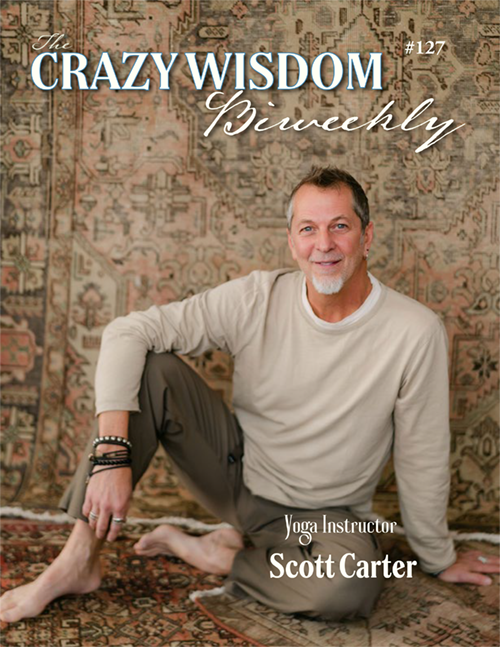

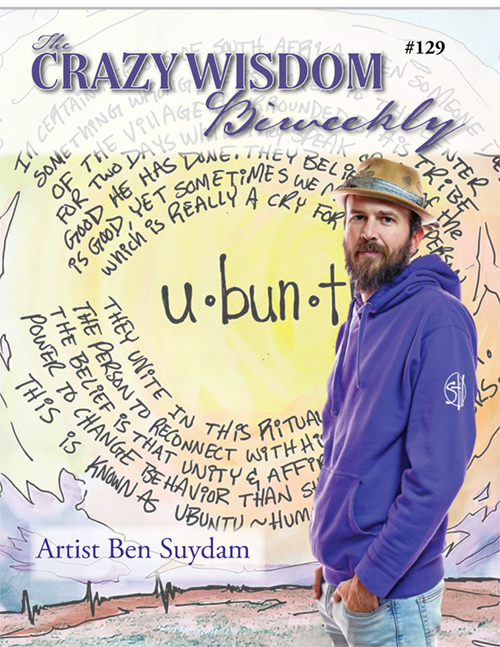
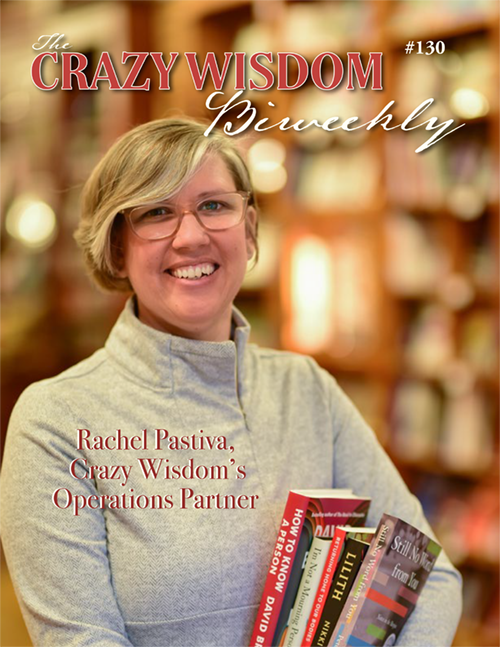
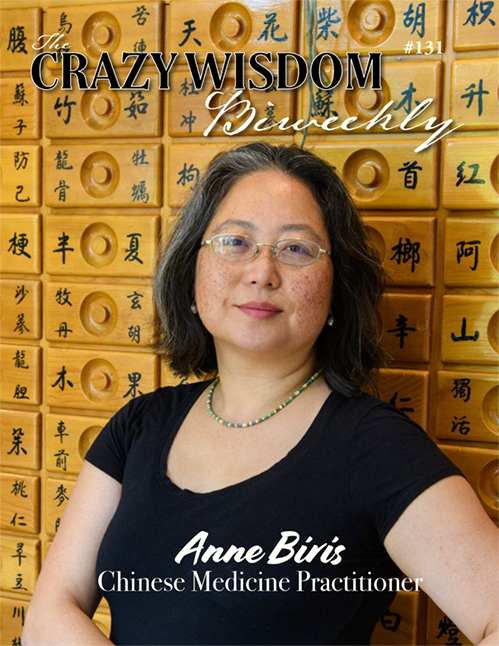
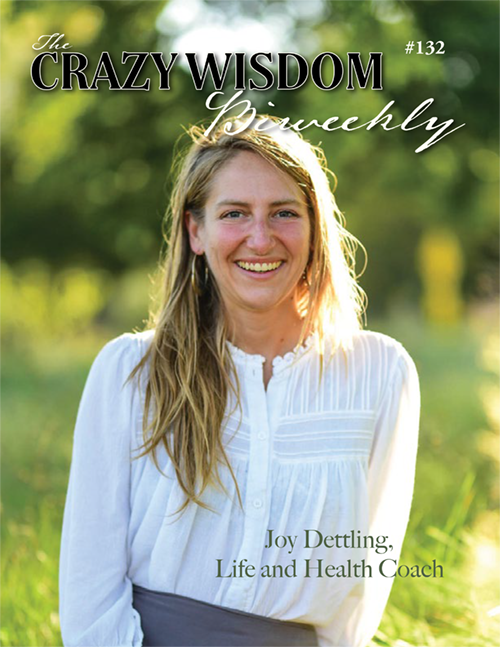
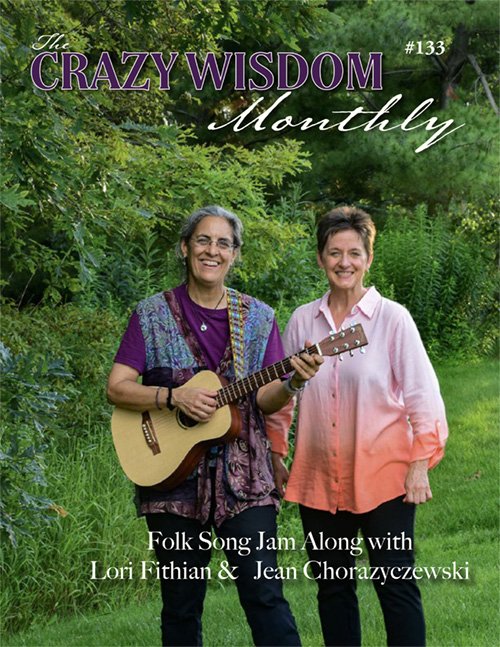










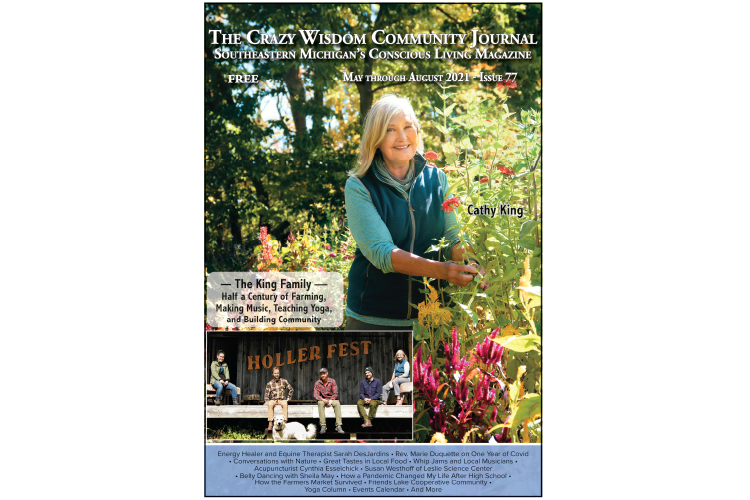



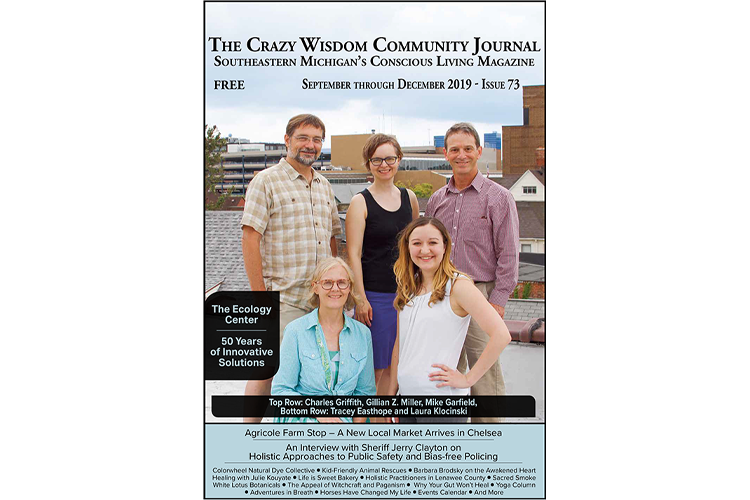
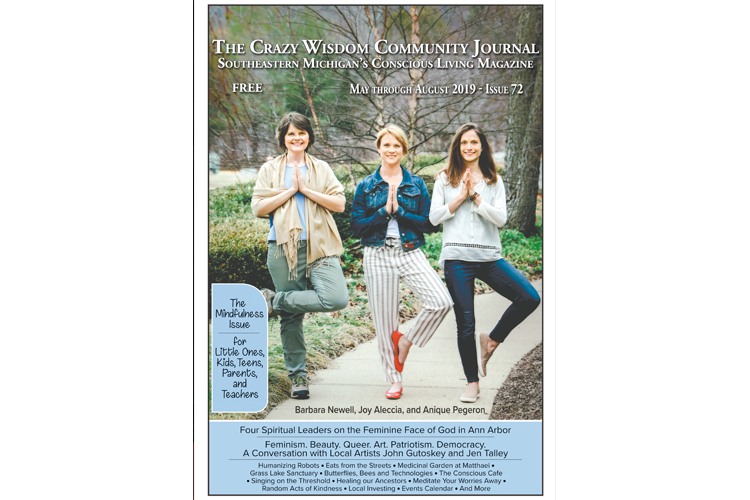
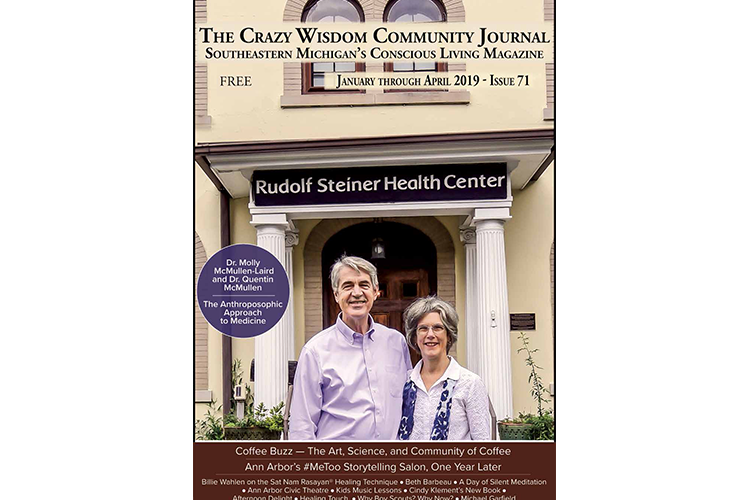
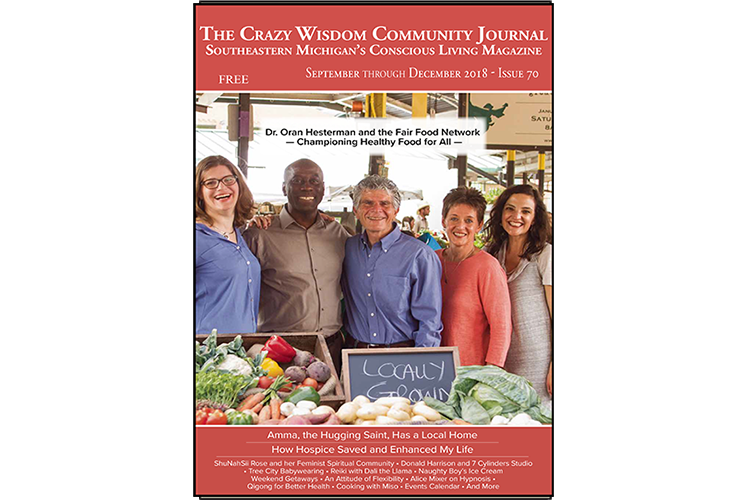
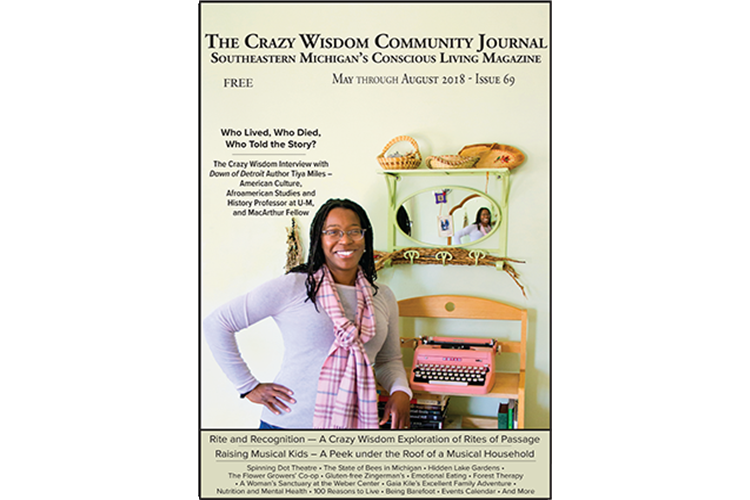
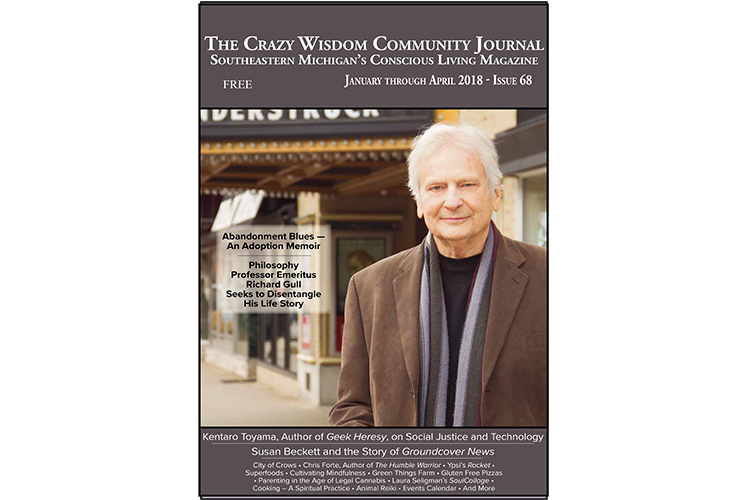
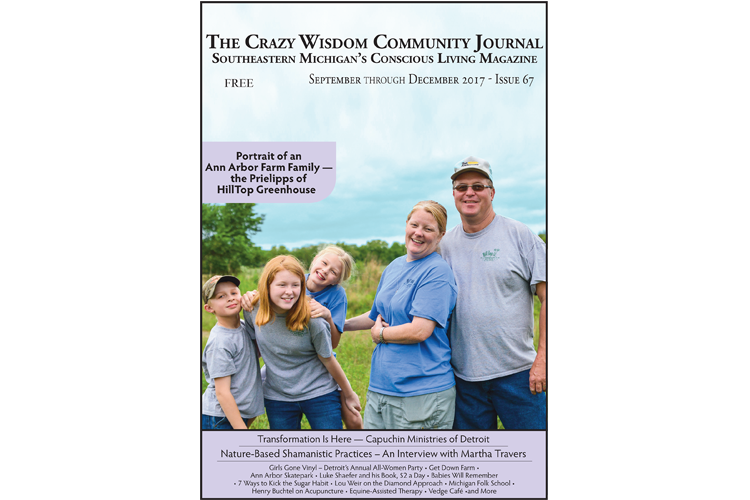
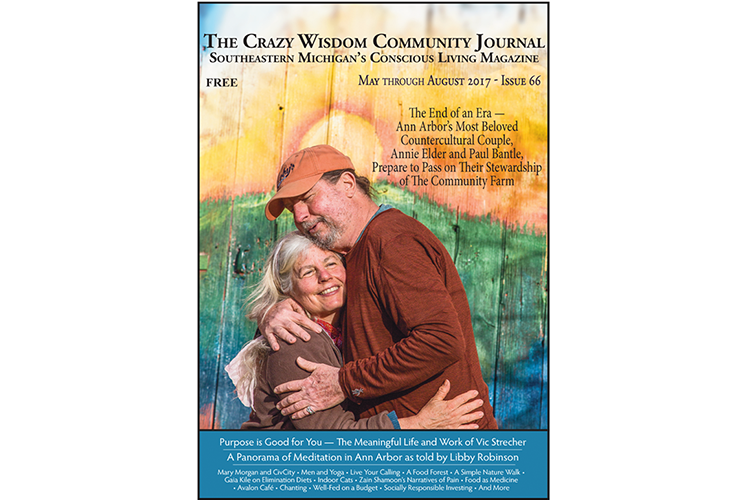
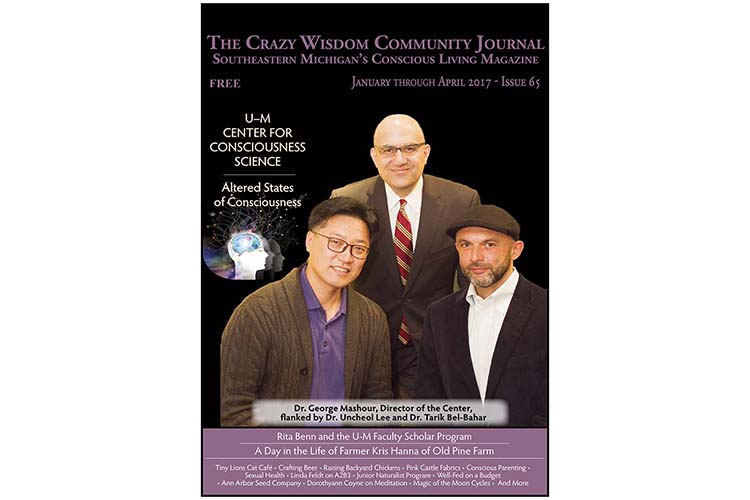
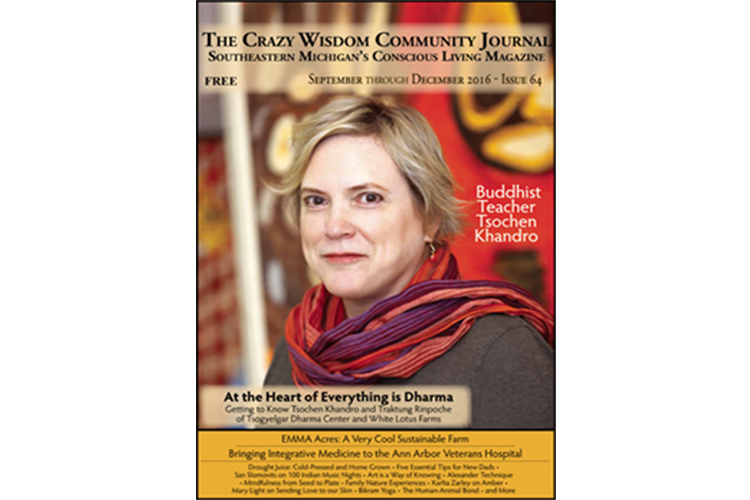
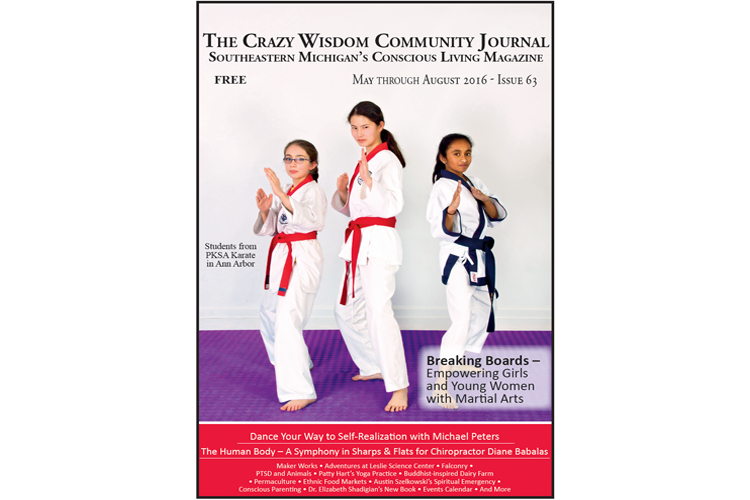
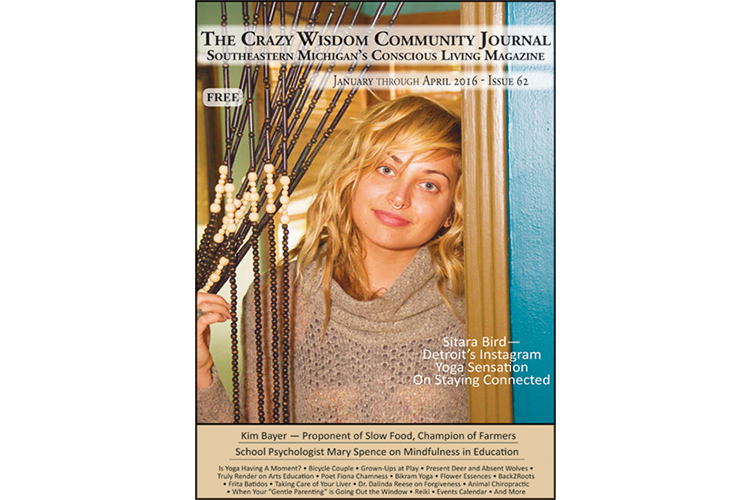




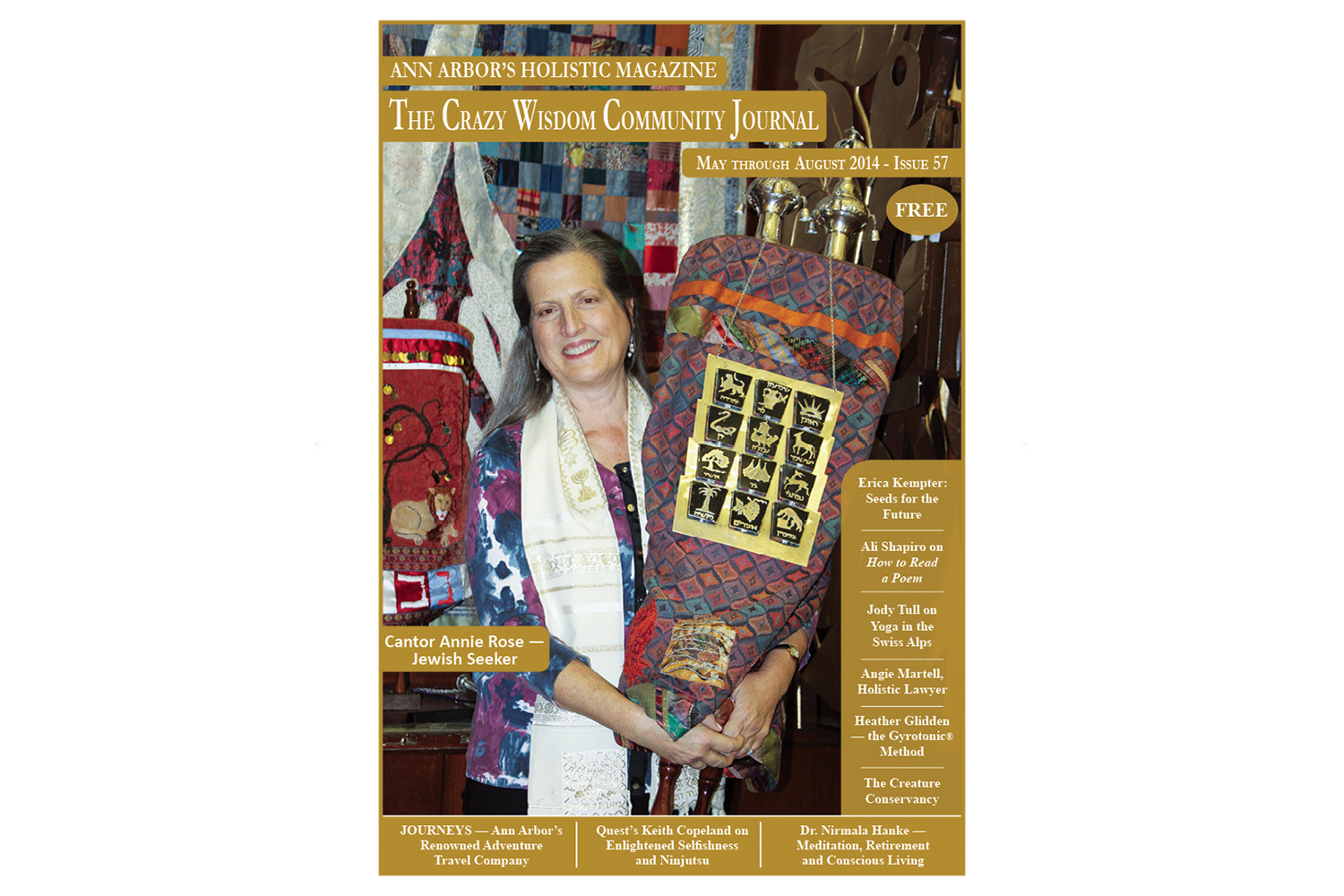
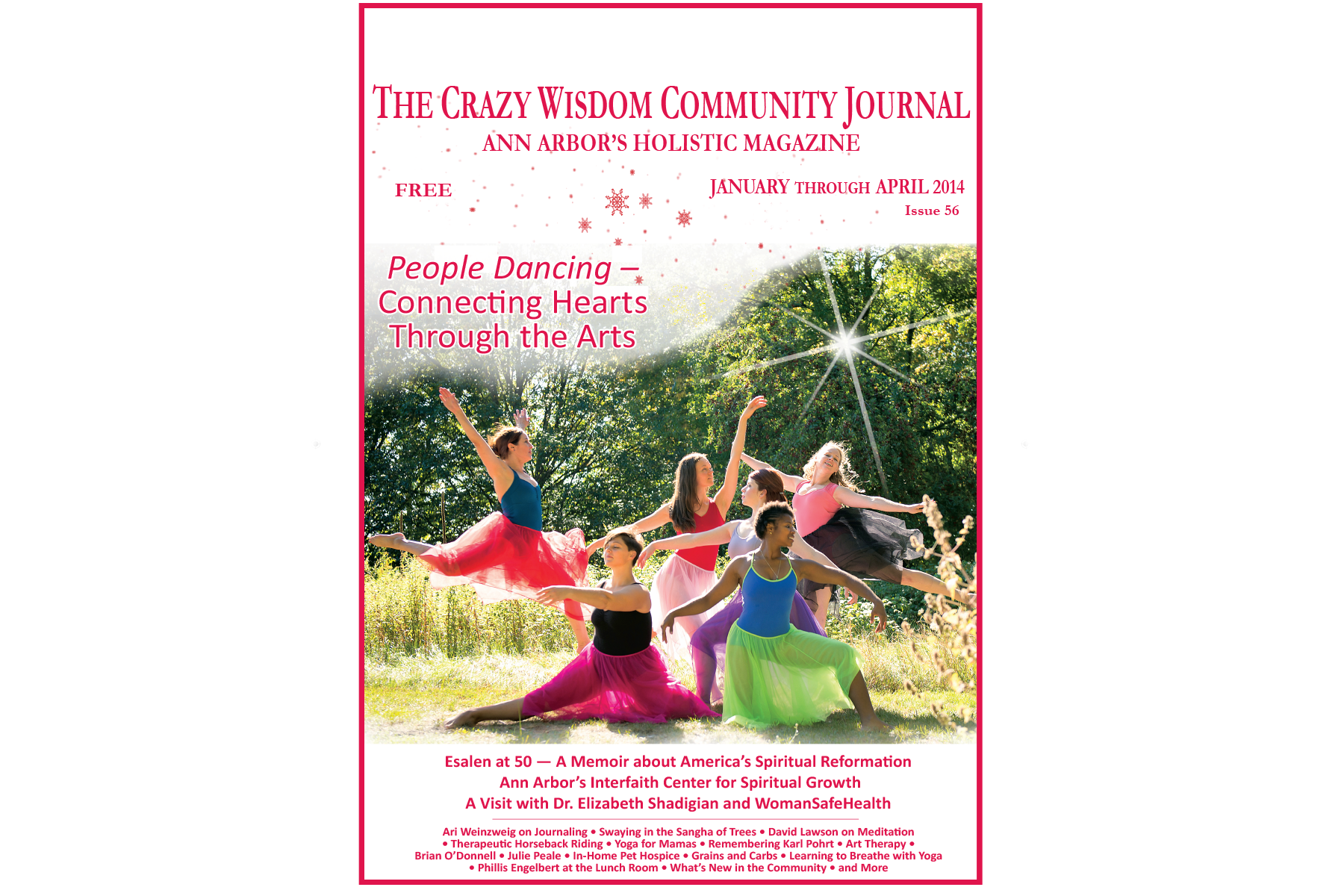

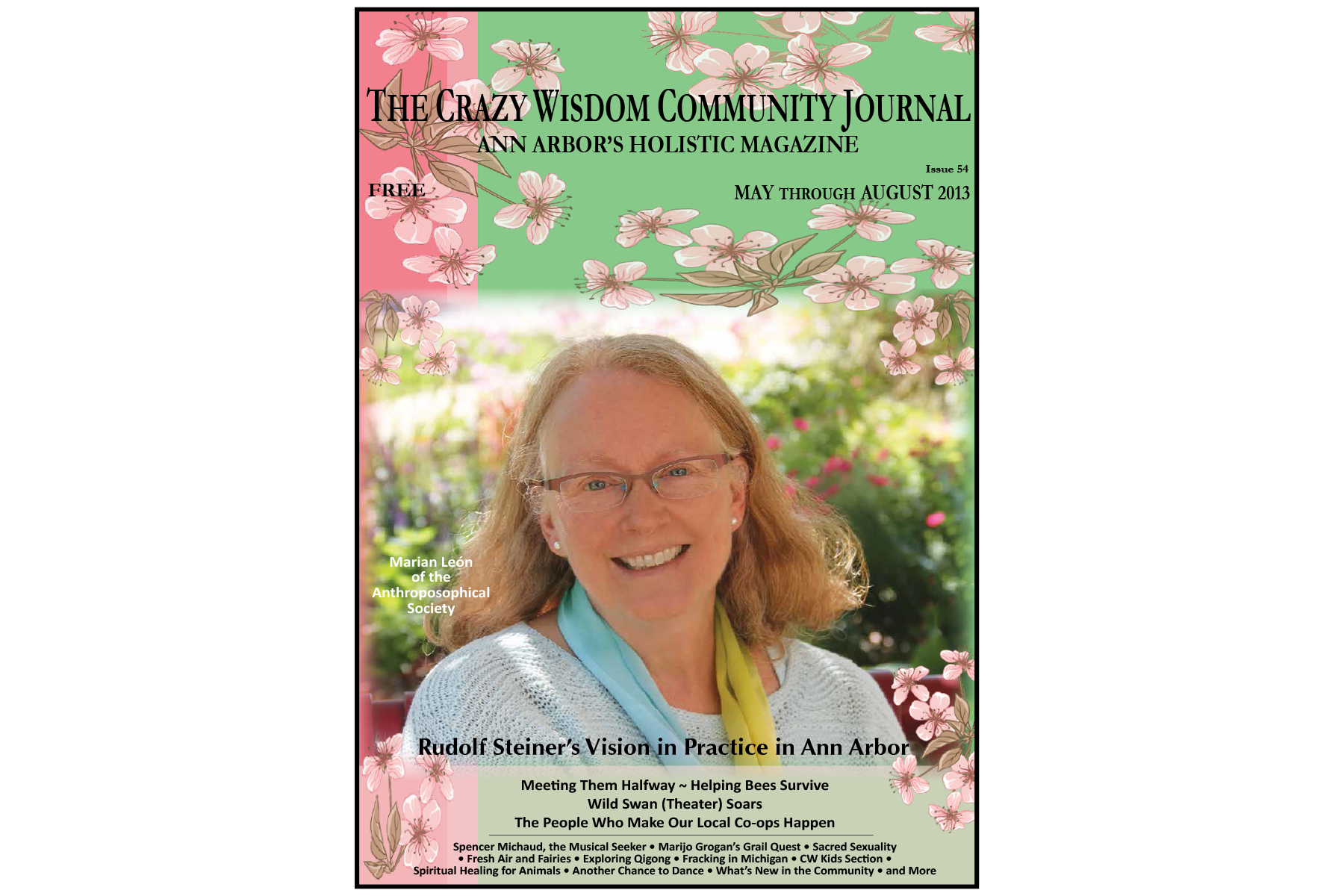
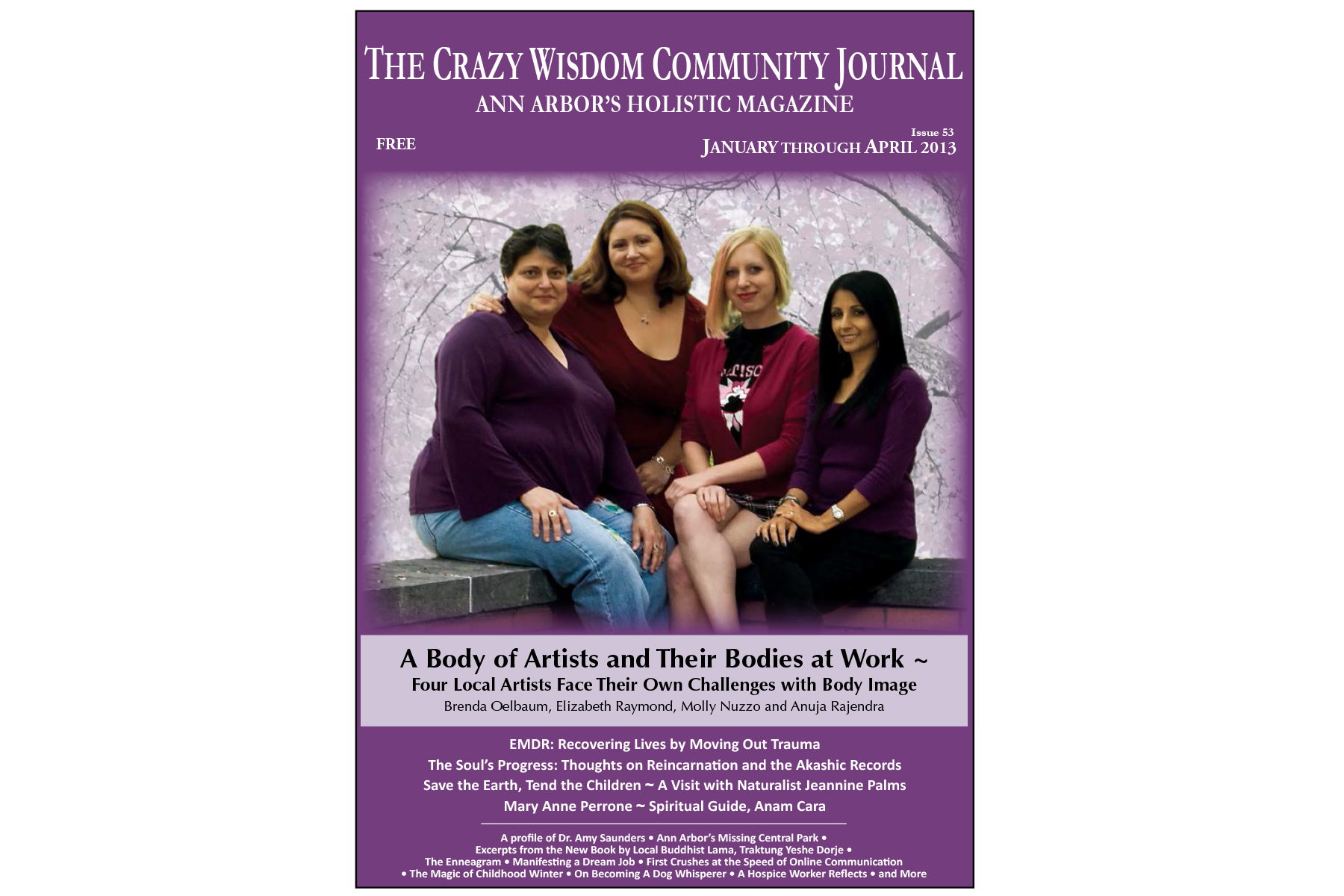
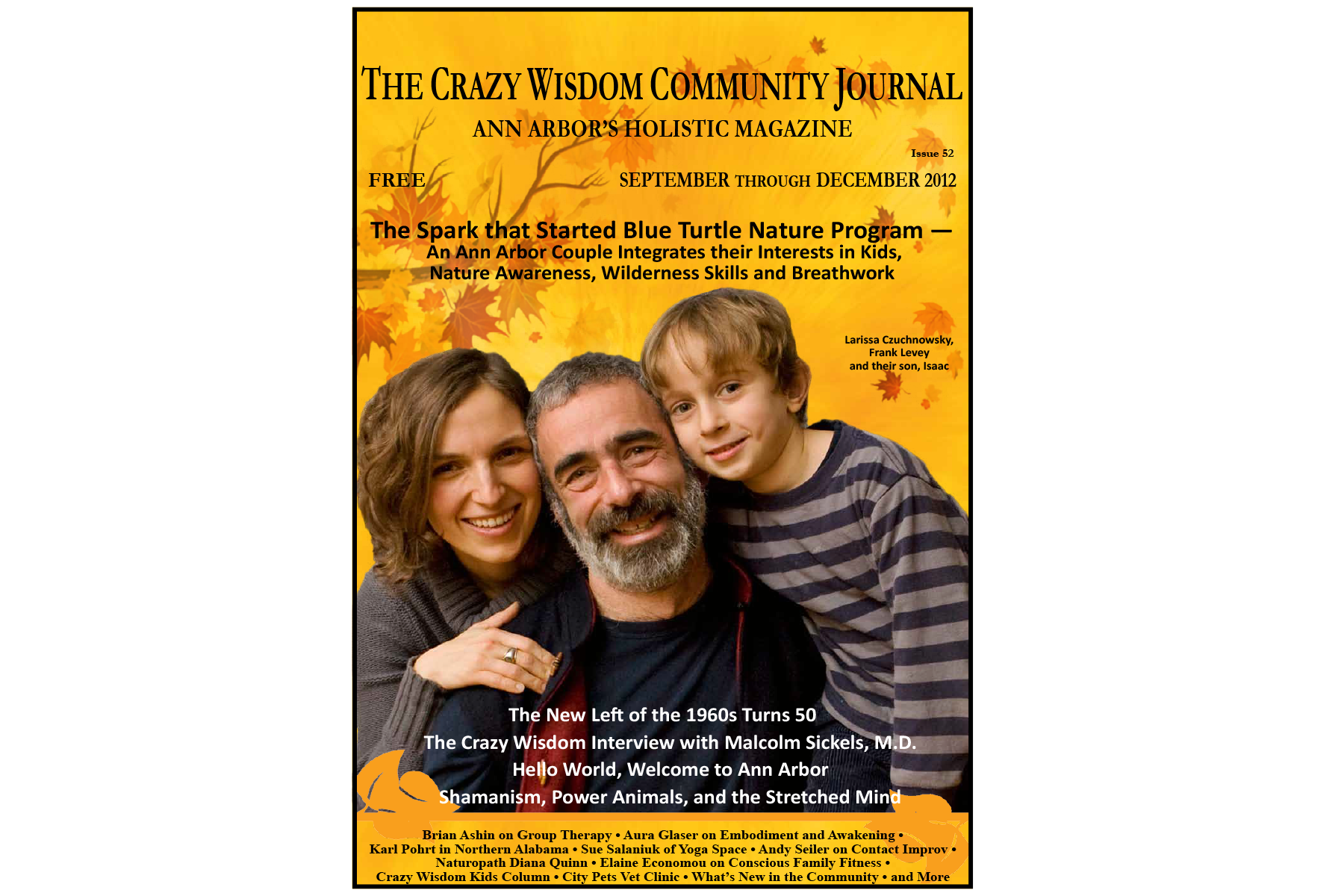
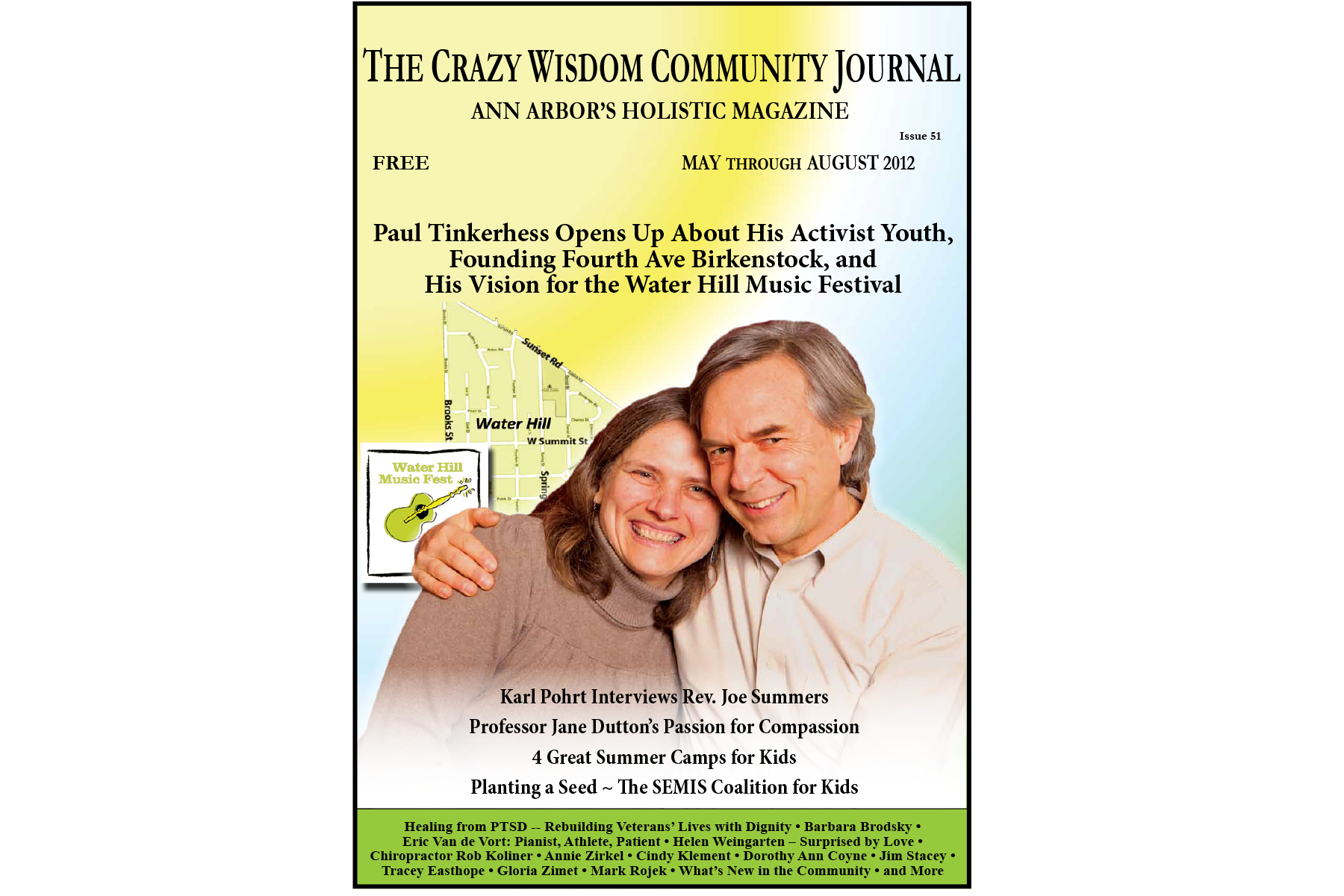

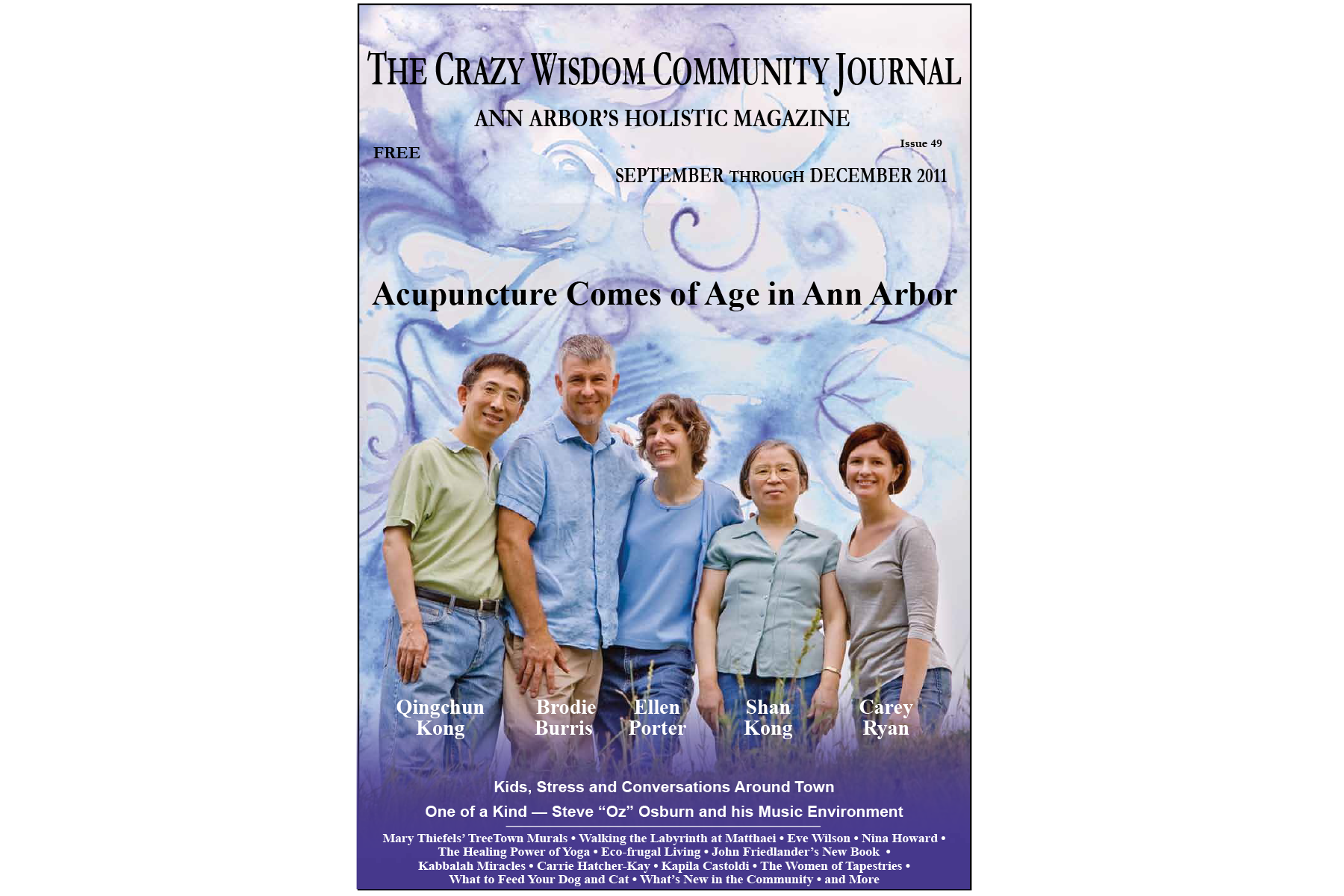
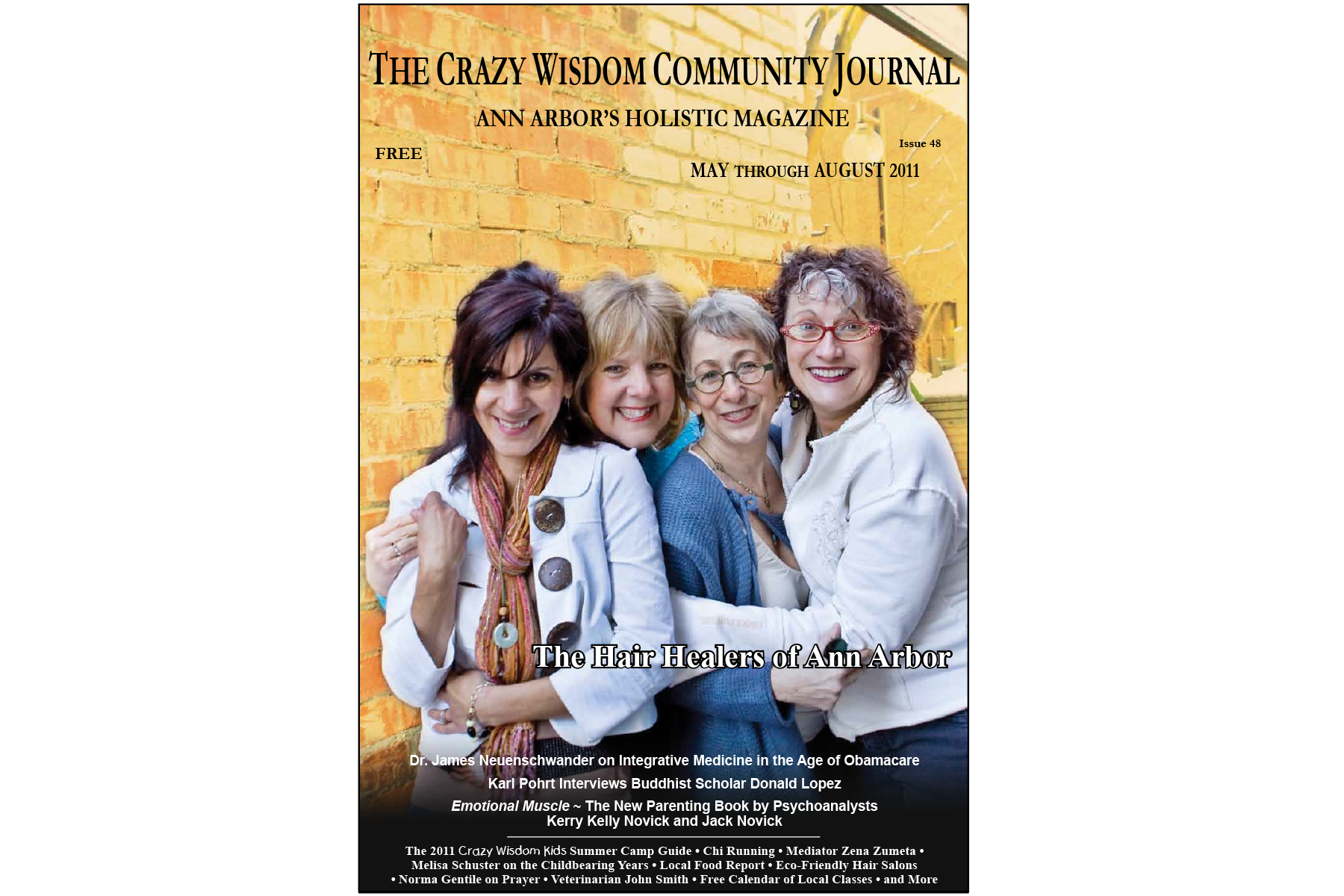
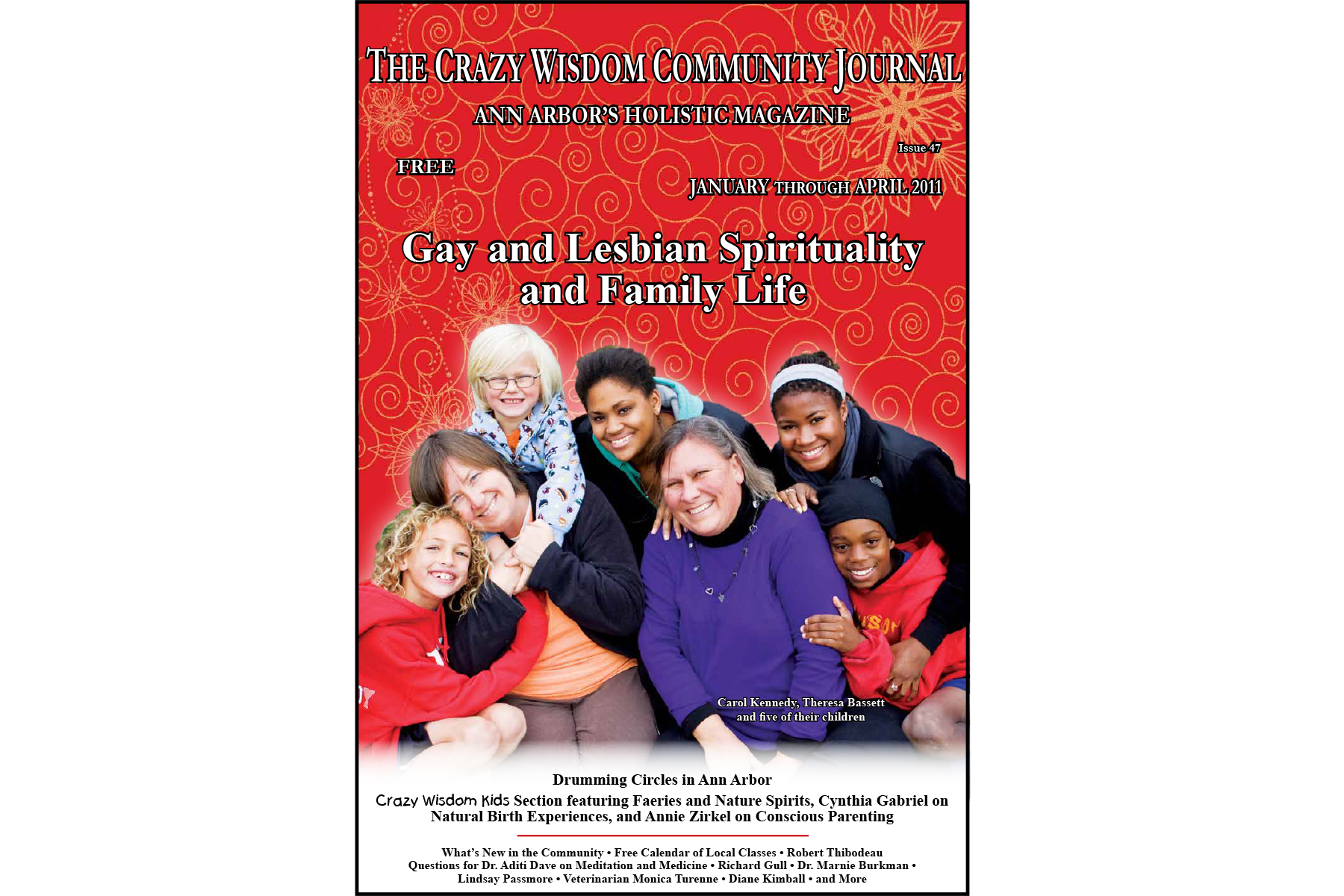
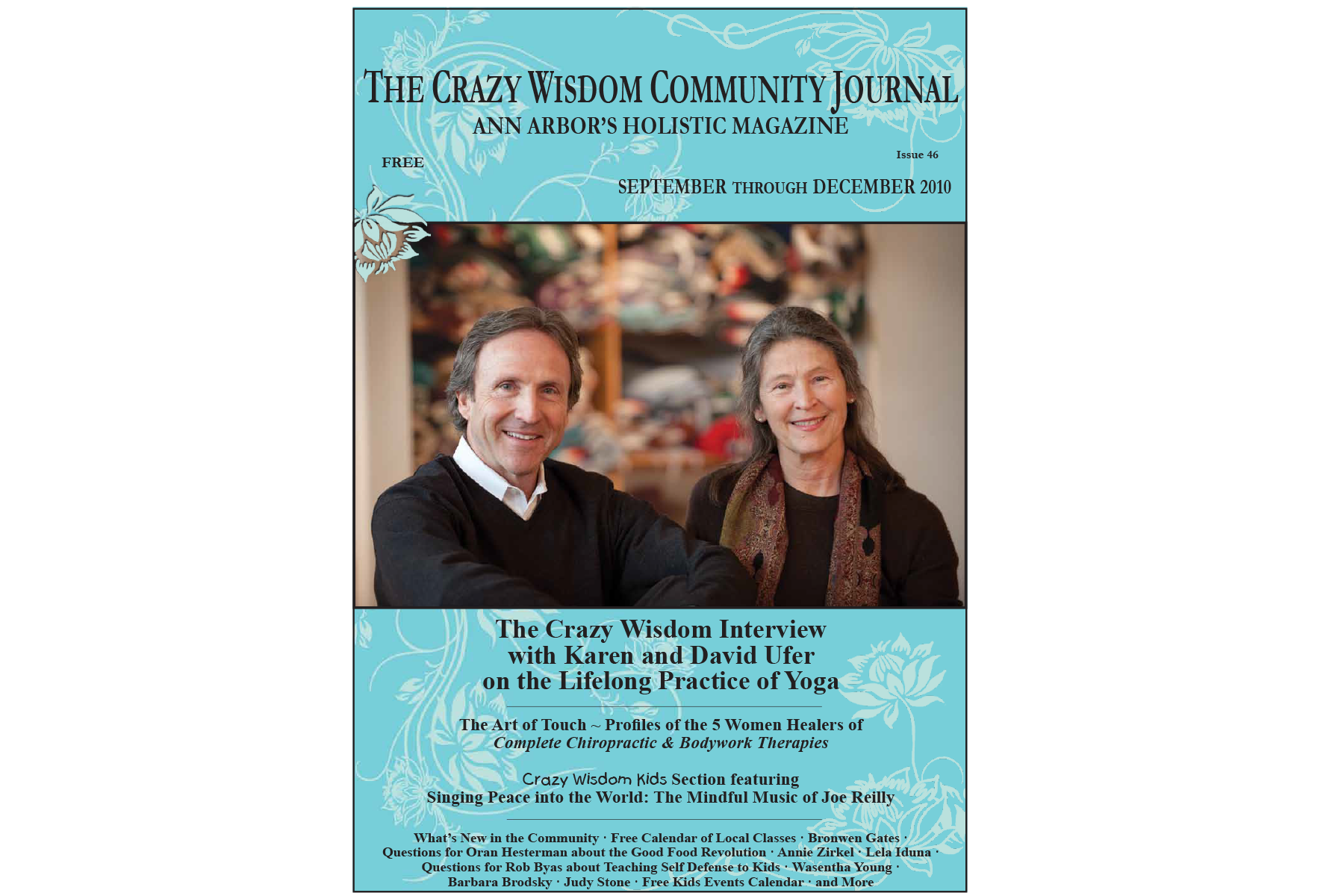
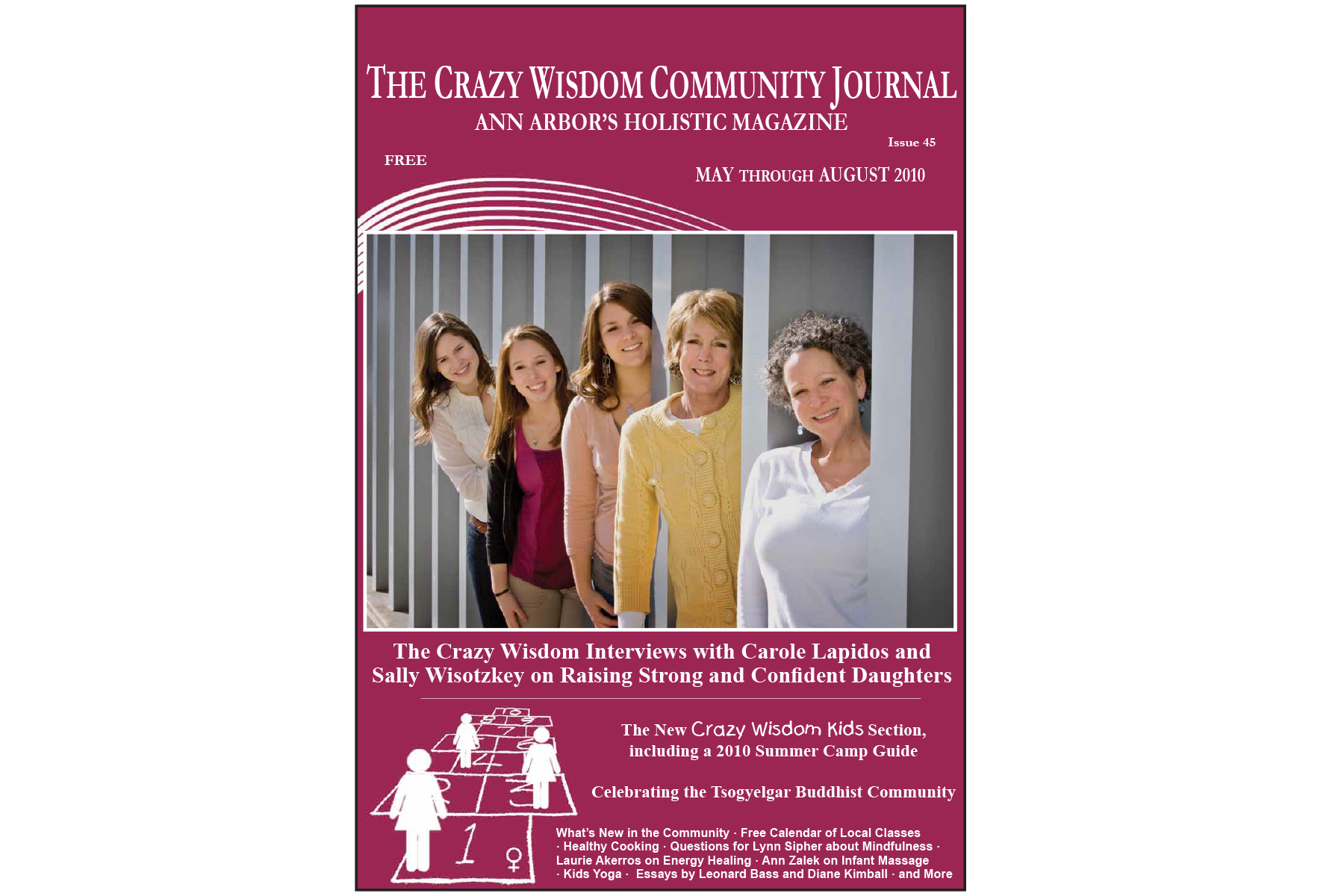
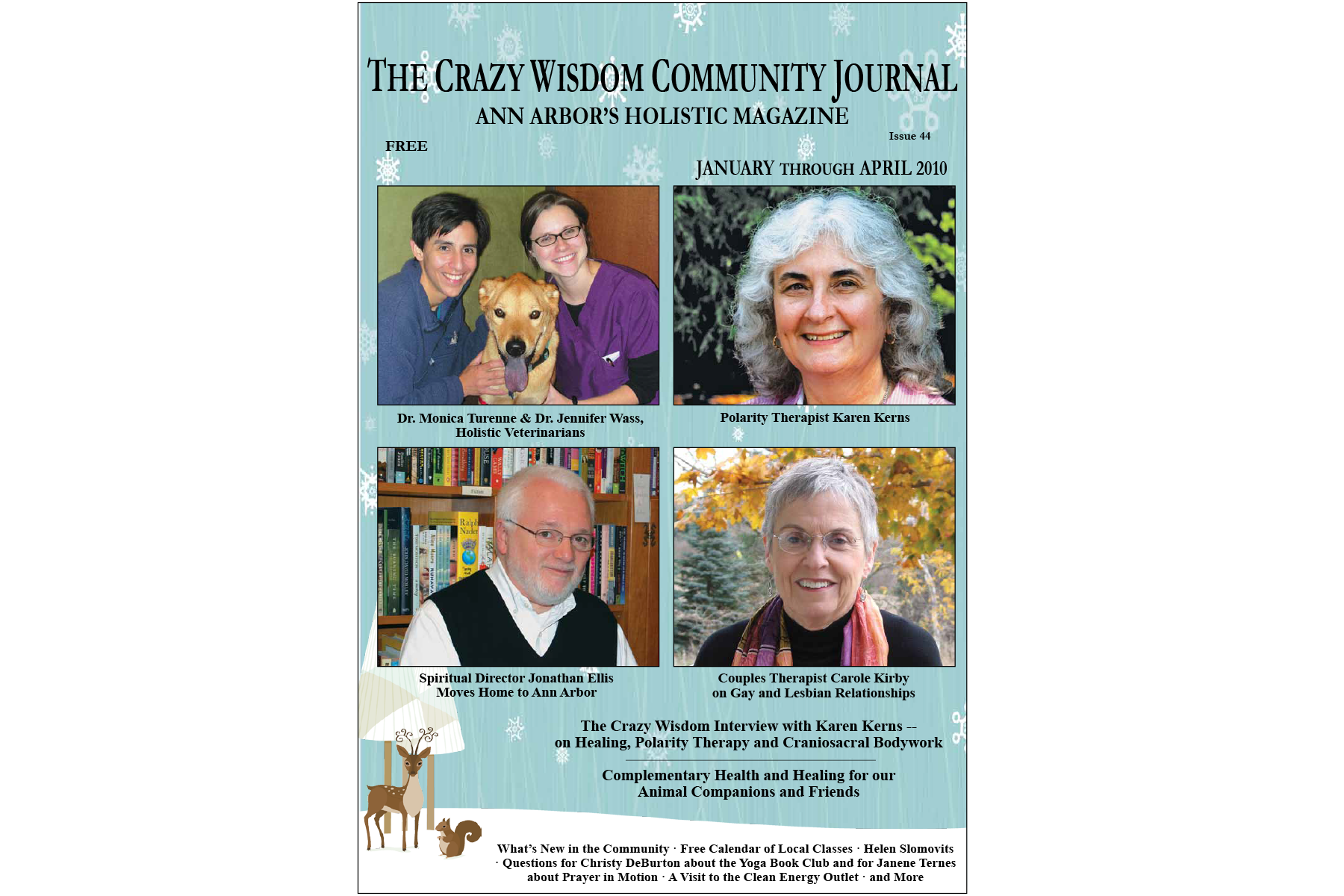



Almost four years into my personal journey into motherhood, I have learned that some of my challenges are wildly common. Near-constant sensory and logistical overwhelm, deconstructing of (well-intended) pre-baby idealism, hard-to-communicate grief and resentments, and the occasional dose of blinding hot rage or anxiety. My journey has also been, however, a powerful invitation to a rite of passage through and beyond what author Beth Berry calls “Motherwhelm.”